In May 2019, Layton and I traveled throughout the Scottish Highlands and Aberdeenshire for an entire week. We drove from Inverness to the Isle of Skye, Glencoe, Aberdeen to Elgin, and then back to Inverness. Scotland is one of the most magical places I’ve ever visited, and I hope to return one day.
Before I jump into this itinerary, there are a few things you should know about going on a road trip through Scotland:
- They drive on the left side of the road, and the driver’s side of the car is on the right side. If this is your first time driving in the UK, familiarize yourself with these changes.
- Rental cars tend to be manual or standard, so be sure you can drive a “stick” or pay for an automatic rental car.
- Google Maps favors the ‘shorter’ route, usually back roads. Always look to see if the directions are mostly highways or country roads. We loved driving on these scenic backroads roads, but they are more narrow, and the speed limit is much slower.
- Restaurants close around 4 pm, so getting dinner is challenging. Stop at a Co-op Grocery Store for snacks and food.
- The decently priced accommodations in remote areas of the Highlands often sell out months prior. Book as far in advance as you can.
Now that we’ve gone over some basics, let’s get started! I hope you enjoy my Scotland road trip itinerary.
Day 1: Inverness to the Isle of Skye
The drive between Inverness and the Isle of Skye is one of the most popular in Scotland. There are two routes – North and South – but I suggest going South if you want to visit the famous Loch Ness to glimpse Nessie. Both routes are 114 miles and take about 2.5 hours without any stops. However, if you plan to explore the locations listed below, the entire drive may take 7 hours.
Throughout the drive, you will be surrounded by beautiful lush forests, rolling hills, lochs, streams, and adorable towns. If you’re a nature lover, you’ll enjoy Scotland’s diverse landscape.
Loch Ness: This large freshwater loch is most famous for many alleged sightings of “Nessie,” the Loch Ness Monster. Extending more than 20 miles in length and 788 feet (240 meters) deep, it’s no wonder Nessie has remained a mystery for so long. Regardless of your belief in the local myth, Loch Ness is gorgeous. For the best views of Loch Ness, visit Urquhart Castle or head to the lesser-known town of Dores. If you’re in a rush, head to the castle, but if you want to enjoy the loch without hordes of tourists, go to Dores Beach.
Urquhart Castle: Located on Loch Ness, Urquhart Castle saw many battles and sieges from the 13th to 17th centuries. It was eyed for its strategic importance by Scots and English alike and constantly fell from one hand to another. The struggle for control lasted until 1691 when the English blew it up to prevent it from being used as a Jacobite base. Now, it is one of the first stops for many tourists on their journey through the Highlands.
Entrance to Urquhart Castle is £13.00, £14.50 for 16-64-year-old adults and £7.80 for children aged 5-15. Children under five and Explorer Pass holders get in free. The Visitors Center and castle open at 9:30 am; however, closing time varies depending on the month.
If you have time, be sure to check out Glen Affric after visiting Urquhart Castle. Many describe it as the most beautiful glen in Scotland. Layton and I couldn’t make it during our trip. It’ll add another 1-2 hours to your day, but it seems worth it if you have the time!
Eilean Donan Castle: Just before crossing into the Isle of Skye, you’ll pass a small tidal island where Eilean Donan Castle lies. The castle is one of the most iconic images of Scotland worldwide. You may also recognize it from the films Highlander, Elizabeth: The Golden Age, and The World Is Not Enough (a James Bond film).
While the island of Donan was first inhabited around the 6th century, the first castle was built during the 13th century. Like Urquhart, the castle had to be rebuilt several times due to the feudal history of Scotland. During the Jacobite rising of 1719, Eilean Donan was partially destroyed and neglected till 1911. Lieutenant Colonel John MacRae-Gilstrap bought the island and restored the castle to its former glory.
Entrance to Eilean Donan Castle is £12.00 for adults and £6.50 for children aged 5+. Children under 5 are free. The castle opens at 10:00 am; however, closing time varies depending on the month. For more information about the official Eilean Donan Castle, click here.
The Old Sligachan Bridge: Your first stop on the Isle of Skye is the Old Sligachan Bridge, located just 15 minutes south of Portree. The bridge was built between 1810 and 1818 but is now disused and replaced by a new bridge on the main road. You might wonder, ‘why on earth should I visit a bridge?’. While the bridge is historic and surrounded by gorgeous mountains, the myth surrounding it intrigues me.
Legend states that if you dip your face in the river water below the Sligachan Bridge, you will be granted eternal beauty. However, you must do it properly by getting on your hands and knees, submerging your face in the water for seven seconds, and letting it dry naturally. This is a lot harder to do than it sounds since the river water is freezing, and the temperatures in Scotland aren’t hot either. I passed on eternal beauty, but maybe I’ll be more mentally prepared next time.
To learn the story behind the enchanted waters, click here.
At the end of the day, you’ll arrive in Portree and check into your accommodations. There are many different options, including hotels, bed and breakfasts, Airbnbs, lofts, etc. Be warned, accommodations on Portree are expensive. Even though it’s the capital of Skye, the town is quite small, and most places are sold out months in advance. So, book as early as possible.
During our 3-night stay, we spent two nights in town at the Viewfield House (£134.00-£190.00 each night) and the third night at the Tongadale Hotel (£136.00) in the heart of Portree. I enjoyed and recommend staying at the Viewfield House. It is an old Victorian-era country home with 11 beautifully decorated bedrooms, situated on 20 acres of woodland, includes breakfast and dinner, and is less than a 3-minute drive from Portree’s city center. While the Tongadale is centrally located, the rooms were small, old, and basic (like a Motel 6). Honestly, I’d think spending an additional £30.00 for a third night at the Viewfield House, which is historic, beautiful, and comfortable, would have been a better option.
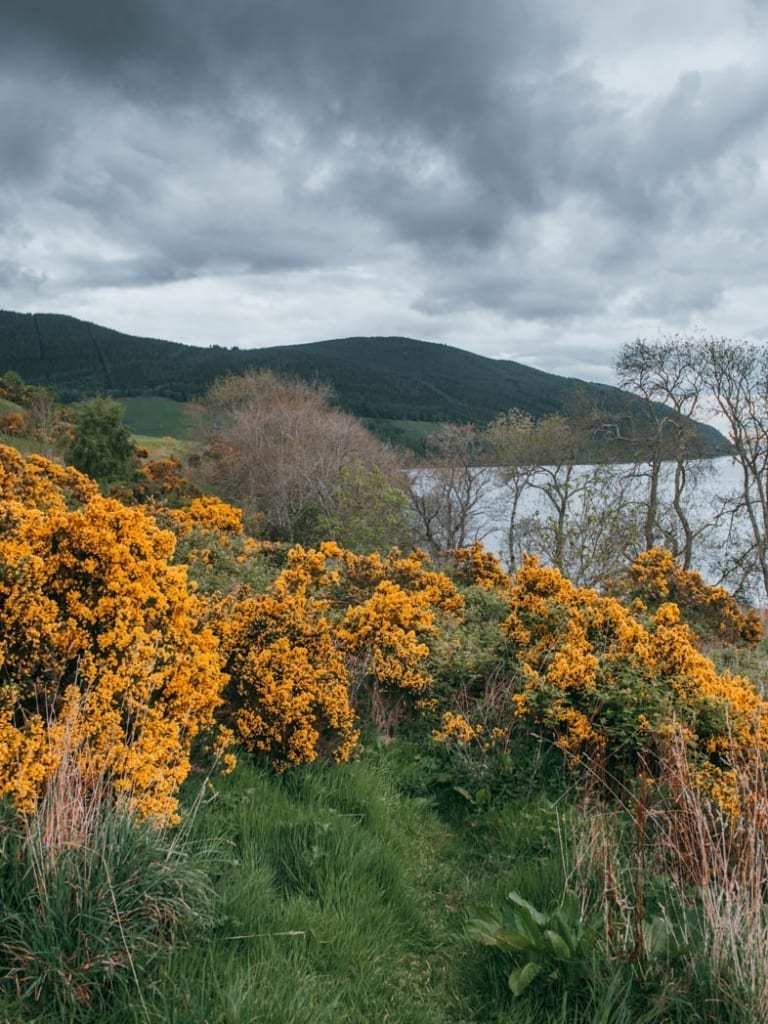
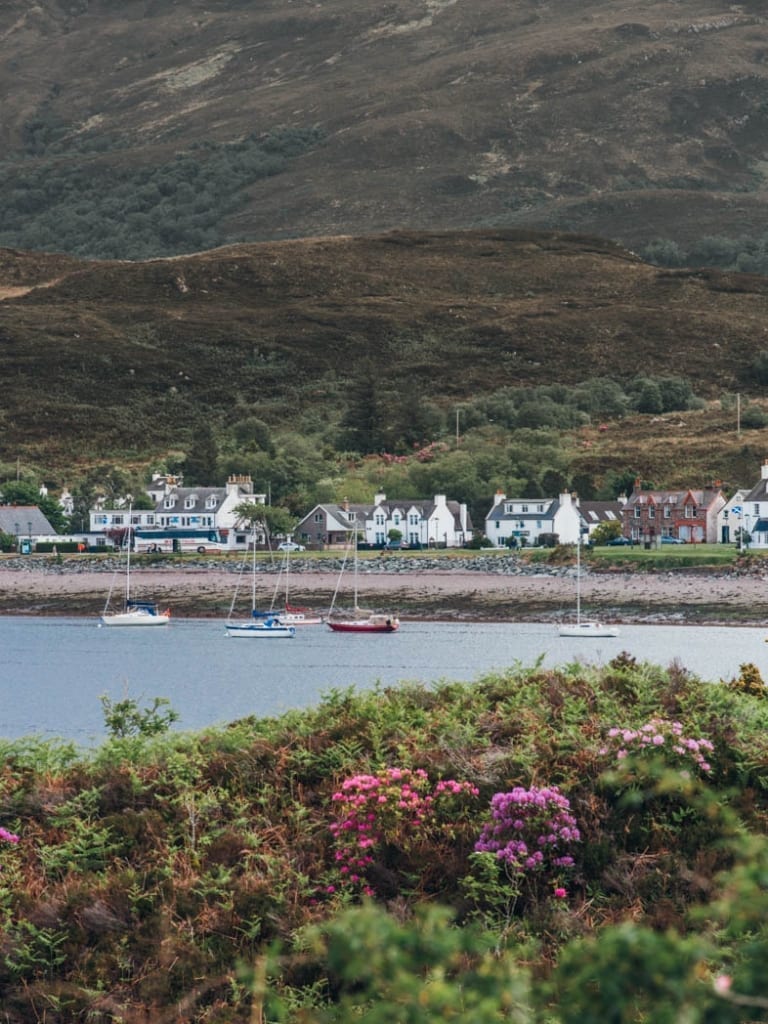
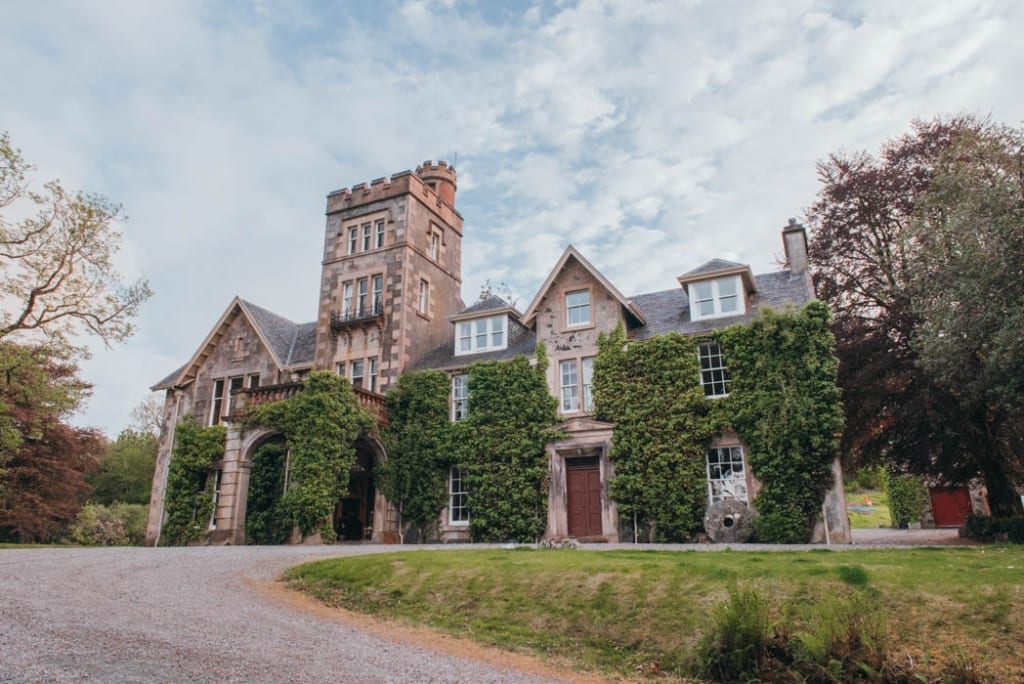
Day 2: Isle of Skye
Skye is one of the most beautiful places in Scotland with many trails and scenic lookouts. If you want to get the most out of your time and bypass tour groups coming from Inverness and Edinburgh, I suggest waking up early (before sunrise). There may be a few other tourists with the same idea, but it beats the crowds that show up by noon. There isn’t much driving today (26 miles total), but there will be a lot of hiking (6 miles).
Old Man of Storr: You should start hiking to the Old Man of Storr since it is the most famous landmark in Skye and, therefore, the most popular among tourists. Parking is also limited, so it’s key to get there early on to secure a spot. The Storr walk, which uses the same path up and down, is a 2.5-mile roundtrip that takes about 1 hour and 15 minutes with no stops. If you plan on taking your time and snapping pictures, you’ll probably need 3 hours. The hike is ‘medium’ for difficulty but can be more challenging on a wet day.
Tip: Be sure to come prepared with appropriate hiking gear. I always had my KEEN Targhee III Waterproof Hiking Boots, a Columbia Arcadia II Waterproof Jacket, and a 2L Hydration Bladder for water during each hike.
To learn the legend behind the Old Man of Storr, click here.
Brother’s Point (The Peninsula of Rubha nam Brathairean): It’s no secret that Skye has some of the most dramatic and beautiful landscapes in all of Scotland. That’s why tourists flock to the island. While most people stick with popular sites such as The Storr, Quiraing, Kilt Rock Mealt Falls, and Neist Point, Layton and I decided to go off the beaten path and hike to Brother’s Point. We didn’t expect much since it is not listed as one of the best places to visit on any popular website or blog. But we were blown away! As you hike down towards this peninsula, you are met with rolling hills, towering cliffs, and scenic ocean views. And the best part: we had it all to ourselves! There was no single person on this trail, only a few dozen sheep.
The hike to Brother’s Point, which uses the same path down and up, is 2.25 miles round trip and takes about 1 hour with no stops. From the main road, you hike through farmland down to the sea. Once you reach the rocky beach, walk along it towards the peninsula. For an informative guide on the hike, check out this post written by Earth Trekkers.
Kilt Rock and Mealt Falls: The Kilt Rock is a 90-meter cliffside that looks strikingly similar to a pleated kilt, hence the name. Mealt Falls is a cliffside waterfall that plunges from the top of the cliffs to the ocean below. Viewing these incredible formations from the same picturesque viewpoint is possible.
The Kilt Rock and Mealt Falls lookouts are right off the main road (A855) and only 5 minutes from the Brothers Point parking lot. Since it is easily accessible, many tour groups stop here during the day, which makes parking hard to find. If you go late in the afternoon or sunset, there shouldn’t be as many people.
Portree: As previously mentioned, Portree is the capital of the Isle of Skye. Most people visit the city to make it their home base on Skye and to get a shot at the colorful Portree Harbor. For the best view, head to Scorrybreac Restaurant on Bosville Terrace Rd and cross the street to the lookout. Depending on the time of year, the viewpoint might be crowded, but stop by during sunrise or sunset for fewer people.
If you have enough energy after this long day, you can hike the Scorrybreac trail (2 miles) or walk to The Lump ( 0.3 miles). Besides admiring these few hikes, there isn’t much to do but eat and drink. We tried several different places for dinner, but unfortunately, every restaurant was booked. You need to make reservations ahead of time for dinner in Portree. So, instead, we grabbed a pint at the Bosville Hotel bar, some food at the Co-op Food Store, and then went to bed.
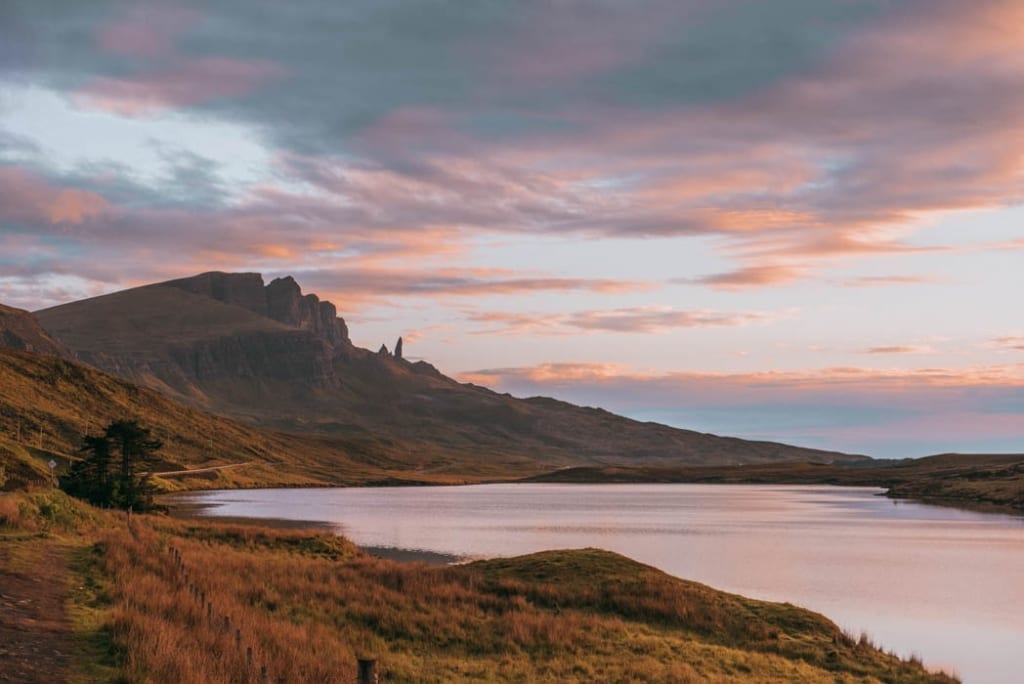
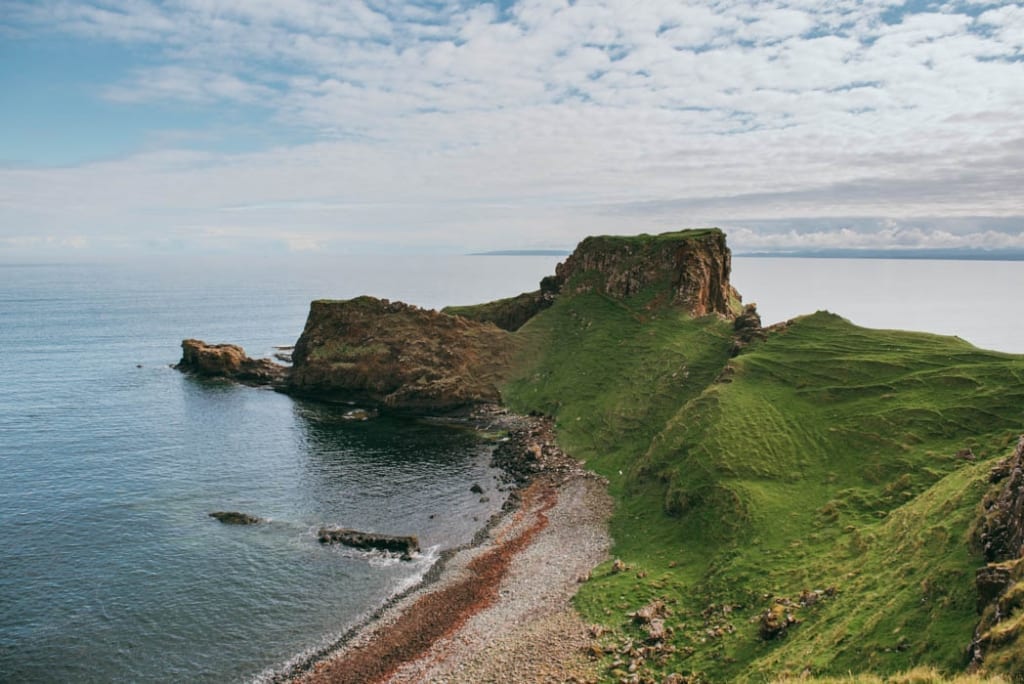
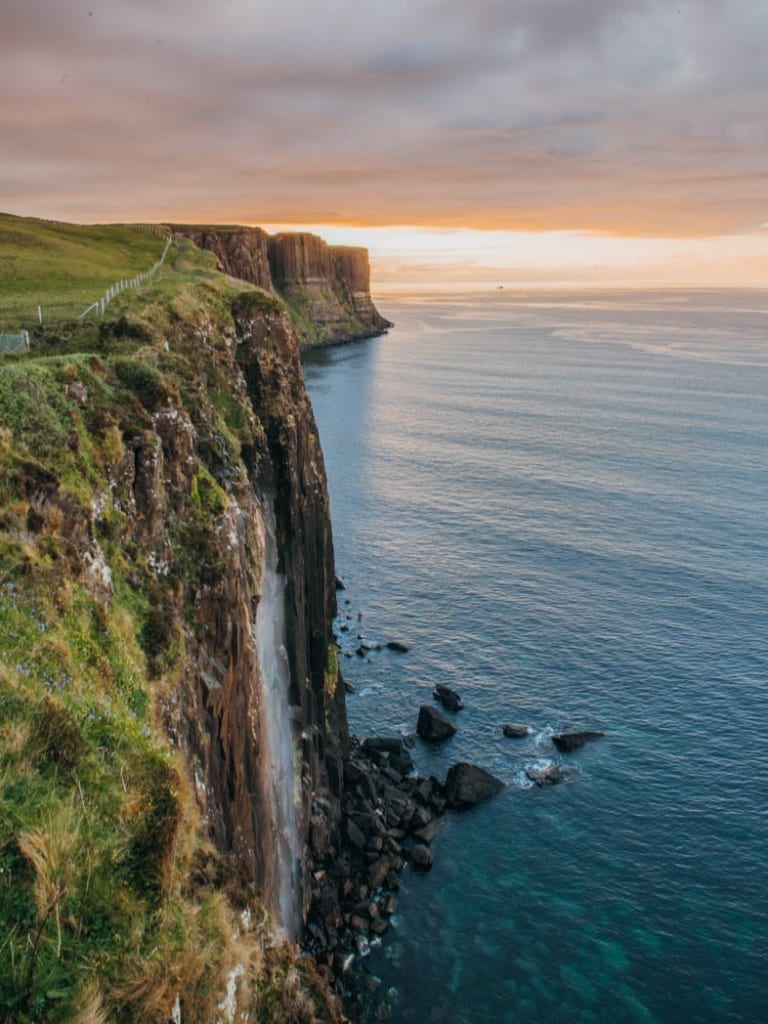
Day 3: Isle of Skye
Day 3 is long. Total drive time is 4 hours or 100 miles if you stop by each place I mention below. Since there’s still so much to see, you should start your day as early as possible.
Tip: There aren’t many restaurants along the way, so be sure to grab some snacks and lunch at the Co-op store the night before.
Quiraing: The Quairaing is a dramatic landscape part of the Trotternish Ridge formed due to a massive landslip, creating high cliffs, plateaus, and unique rock formations. After the Storr, the Quiraing is probably the most famous place on the Isle of Skye, so arrive early in the morning to get a parking spot and hike in peace. The Quairaing walk is about 4.5 miles roundtrip and takes 2 hours without stopping. If you take your time and enjoy the scenery, give yourself 3 to 4 hours. The hike is moderate in difficulty due to the 1,400 ft elevation gain. I wouldn’t suggest hiking here if it is windy or misty since the trail takes you near high cliffs.
Note: There are no official signs for the Quairaing. If you type Quairaing Car Park into Google Maps, it will take you to the correct location, or follow these instructions: From Portree, drive up the A855 to Staffin. Once you pass the Staffin Post Office, turn left onto an unnamed road and drive towards the mountains for 2.4 miles.
The Fairy Glen: Near the town of Uig lies a small glen surrounded by farmland with cone-shaped hills, small ponds, and scattered waterfalls. The landscape looks like a small Quairang-like landslip. The most famous section of the Fairy Glen is a hill with a basalt topping that looks like a ruin called Castle Ewan (pictured below). You can even climb to the top of the ‘castle’ for the best vantage point of the otherworldly glen.
While the Fairy Glen has no real legends or stories involving fairies that are traceable, it is still enchanting. Some say pressing coins into the cracks of Castle Ewan (the basalt rock formation) will bring good luck. Others think of walking around the spirals and leaving a token in the center as an offering to the fairies. You will receive good luck. From my research, it seems bus tour guides made up this idea. No matter what you believe, the unique geological formations, cone-shaped hills, ponds, and waterfalls create a beautiful landscape that makes you feel like you’ve entered a magical realm.
If you visit, please do not add to the spirals. In recent years, visitors have moved the rocks to create more spirals on the ground. The locals on Skye have repeatedly removed them to keep the Glen in its natural state.
Note: There are no signs for the Fairy Glen. If you type ‘The Fairy Glen Skye” into Google Maps, it will take you to the correct location. Once you arrive, parking may be hard to find, but you can park on the grass as long as you don’t block traffic.
Dunvegan Castle & Gardens: The castle was first built during the 13th century and added onto throughout the centuries. It sits on an elevated rock, 50 ft above sea level, overlooking an inlet on the shores of Loch Dunvegan. You can either buy tickets to the castle or both the castle and gardens. While the inside was impressive, I thought the views of the castle from the garden were stunning.
Entrance to Dunvegan Castle and Gardens is £16.50 for adults and £11.50 for children aged 5-15. The castle opens April 1st till October 15th from 10:00 am till 5:30 pm (last entry at 5:00 pm). Click here for more information about Dunvegan Castle.
If you have time and the sun is out, be sure to check out the Coral Beach in Claigan after visiting Dunvegan Castle. It’s only a 10-minute drive north. You wouldn’t expect to find white sand (coral) beaches and tropical blue waters in Scotland, but it’s possible on the Isle of Skye.
Neist Point: Neist Point, located on the Duirinish peninsula, is the most westerly point of Skye and a beautiful place to watch the sunset. Even if you visit on a cloudy day, the enormous cliffs that line the peninsula are quite a sight to see. Below the parking lot, there is a steep path leading down towards the peninsula and Neist Point Lighthouse, which has stood there since 1909. For wildlife enthusiasts, this is a great spot to look for seabirds, such as gannets, black guillemots, razorbills, and European shags, as well as whales, dolphins, porpoises, and basking sharks.
Tip: Arrive at least 1.5 hours before sunset since this is a hot spot for tourists and limited parking. We had to circle a few times and ended up parking 1/4 mile down the road.
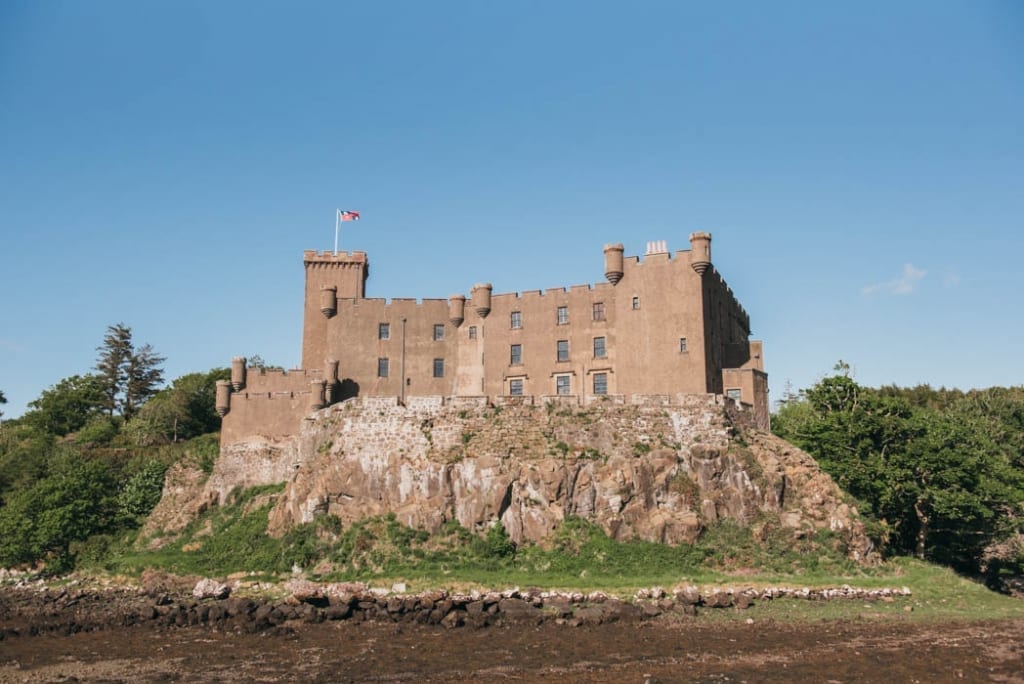
Day 4: Isle of Skye to Glencoe
Expect another long but exciting driving day. Not only will you get the chance to see long-haired Scottish cattle, but if you’re a Harry Potter fan, you have the opportunity to visit two film locations – the famous Hogwarts Express bridge and the site of Dumbledore’s grave. Total drive time is 4 hours or 190 miles if you stop by the places I mention below.
Glenfinnan Viaduct: As a huge Harry Potter fan, I could not miss seeing the Hogwarts Express (aka the Jacobite Train) in Scotland. The Jacobite Train crosses over the Glenfinnan Viaduct between 10:45 – 10:55 am and 3:00 – 3:10 pm. Parking at the Visitors Center is limited, and it takes about 15 minutes to walk to the lookout, so arrive at least 45 minutes before. Unfortunately, we could only find parking a quarter-mile from the Glenfinnan Visitor Center and rushed to the lookout with only a minute to spare. We had enough time to pull out the camera and take photos of the train passing by. So if you want to enjoy this experience, don’t do what we did, arrive early.
Tip: To reach the famous Glenfinnan Viaduct overlook, walk along the paved road, just off the A830 highway, beyond the visitors center. After about a quarter-mile, you should be at the viaduct. Once you’re under it, you’ll see a metal fence and gate on your left. Enter and walk up the trail until you find the perfect viewpoint.
Loch Eilt: You can skip this location if you’re not a die-hard Harry Potter movie fan. However, for those who always daydreamed about attending charms with Professor Flitwick or watching a game of quidditch, this is one place you cannot miss. Loch Eilt, specifically the tiny island of Eilean na Moine, was the film location of Dumbledore’s grave in Harry Potter and the Half-Blood Prince.
Note: To find the location on Google Maps, type ‘Eilean na Moine.’ The drive from Glenfinnan Visitor Center to the island is about 15 minutes. Since this isn’t a popular tourist attraction, there is no official parking area, so use the side of the road. The walk from the road to the viewpoint across from the island takes about 2 minutes and may require sturdy shoes. The pathway is often muddy and slippery but flat.
For lunch, head to Fort Williams. This town is known as the gateway to the U.K.’s tallest peak, Ben Nevis. During the winter, Fort Williams is flooded with skiers looking for thrills on nearby ski runs. But during the summer, it is a hub for many outdoor enthusiasts interested in hiking or bird watching. In the heart of Fort Williams is a cobblestone pedestrian street lined with shops and restaurants. It’s a cute place to wander around, but there’s not much to do. So we stopped by Garrison West for some pub food and ordered their beef burger, which I recommend!
Steall Falls and Nevis Gorge: The 3-mile out-and-back trail to Steall Falls is a rock path that passes small streams and waterfalls and opens into a valley featuring the 390-foot tall falls. At the end of the valley, a large winding river stands between you and the falls. If you want to cross over, a wire bridge has two thick wires on top for holding and one lower wire for balancing your feet. Crossing over is doable but should only be done with confidence. Your other option is to jump from rock to rock in the river. Layton and I tried both and found the wire bridge much easier. The hike to Steal Falls is relatively easy, but I’d rank it as moderate due to the length and 700 ft elevation gain. The hike should only take 1.5 to 2 hours, with photo breaks.
Tip: Be sure to wear waterproof hiking shoes with a good grip! Streams of cold water run down from the upper hills. They are small enough to step over, but the surrounding trail is wet and slippery.
Keep your eyes open for Scotland’s famous long-haired Highland cattle. Supposedly, you can find them all over the Highlands, but we only saw a few in a fenced field off the side of the road in Glen Nevis, one mile before the trailhead to Steall Falls.
Castle Stalker: About an hour from Steall Falls is the picturesque four-story tower called Castle Stalker. This small, 14th-century building resides on a tidal islet on Loch Laich. Castle Stalker is privately owned, and if you wish to visit, you can set up a tour by telephone, the contact number being +44 1631 730354. Click here for more information about the Castle Stalker.
For the best views of Castle Stalker, check out the Castle Stalker View Cafe or the Old Inn. Castle Stalker View Cafe offers gorgeous panoramic views of the tower and Loch Linnhe. Even though the cafe closes at 4 pm, you can still pull into the parking lot and go to the lookout.
For a closer view, park at the Old Inn and walk to the shores of Loch Linnhe. Parking is only for paying customers, so head inside the Old Inn for some dinner once you walk around. The 17th-century inn has excellent food, friendly service, and a pleasant atmosphere. I recommend trying one of the many local beers on tap and their steak. It was probably my favorite meal during the entire trip.
From Appin, we drove 20 minutes to the Isles of Glencoe Hotel. The hotel overlooks Loch Leven, which has idyllic views from each room. Since we were exhausted from our long journey, we couldn’t explore much of the hotel. However, just so you know, they have free parking, wifi, a hotel restaurant, and a swimming pool, but no elevator (none of the hotels or B&BS did during our trip). We chose to stay here because of its proximity to the Fort Williams area and our reservation included breakfast. I would stay here again, but for a longer time, to enjoy the surrounding area’s natural beauty.
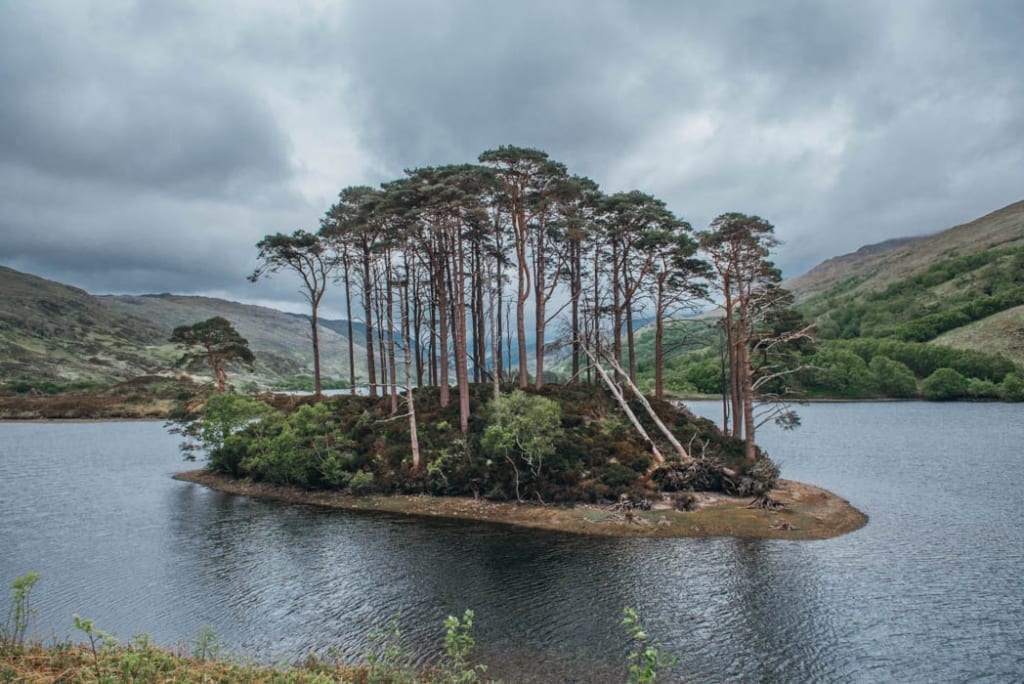
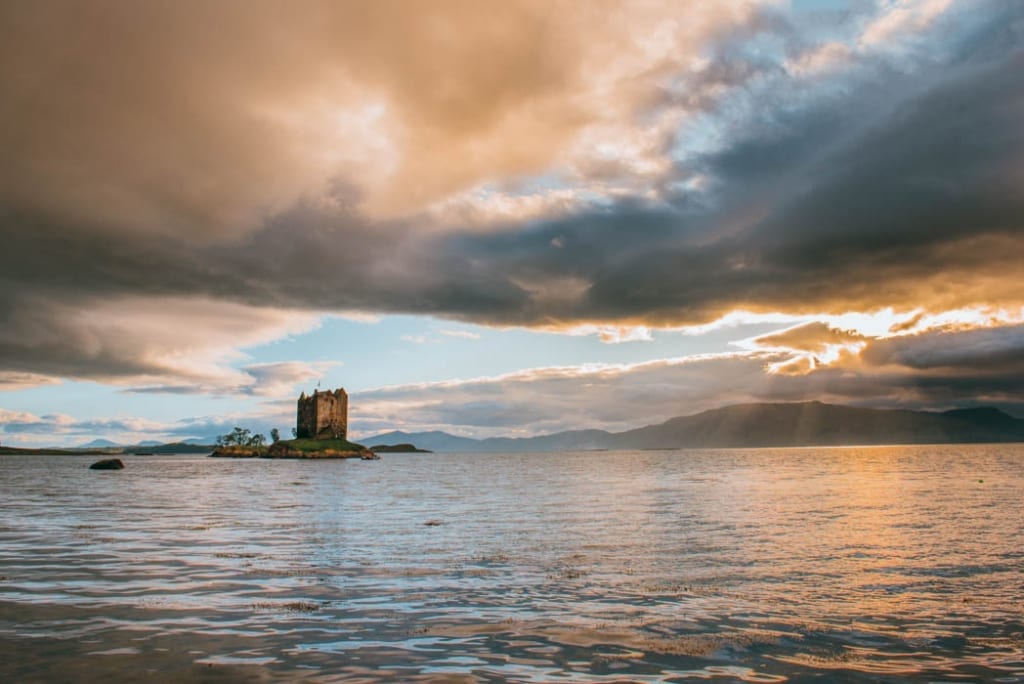
Day 5: Glencoe to Aberdeen
Today is going to be your longest drive yet – 210 miles to be exact. The goal is to see the mysterious mountains of Glencoe and a few of the beautiful Scottish castles around Cairngorms National Park. Are you ready??? Let’s go!
Three Sisters Viewpoint: This viewpoint overlooks the “Three Sisters” or Bidean Nam Bian mountain. The Green Valley is one of the most iconic landscapes in Scotland and a place that truly captures the spirit and raw beauty of the Highlands. The viewpoint/car park is right off the A82 and only a 10-minute drive from the Isles of Glencoe Hotel.
Note: If you have additional time in the Glencoe area, be sure to do the Lost Valley hike! The Lost Valley, Coire Gabhail, is a hidden valley that served as a cattle hiding place for the MacDonalds of Glen Coe. The 2.5-mile out-and-back hike is challenging and takes 2 to 4 hours. Some mild scrambling is required, but the dramatic landscape is worth the effort.
Buachaille Etive Mòr (Car Park): After a 5-minute drive from the Three Sisters viewpoint, there is a parking lot off the side of the road. Park, carefully cross the road and walk along the dirt path towards one of the most recognizable mountains in Scotland. Buachaille Etive Mòr, also known as The Buachaille, is a pyramidal-shaped mountain at the head of Glen Etive.
As you walk further down the trail, you’ll see a river, a wooden bridge, and a house. The National Trust for Scotland owns the Lagangarbh Hut and has been occupied and maintained by the Scottish Mountaineering Club since 1946. If you want to stay at the hut, applications can be sent to Honorary Custodian Bernard Swan at lagangarbh@smc.org.uk. For more information, check out the official Scottish Mountaineering Club website.
Blair Castle: 93 miles and 2 hours away from Glencoe is Blair Castle. Since 1269, the castle has been a part of Scotland’s tumultuous history of clan disputes, wars, and rebellions. Blair Castle has remained within the Atholl family (19 generations). Out of all the castles we visited, the Blair Castle was our favorite because of the impeccable interior and vast collection of original furniture, arms, china, lace, portraits, and more.
The entrance fee to the castle and garden is £17.50 for adults and £11.50 for children (ages 5-16). For more information about Blair Castle, click here.
Balmoral Castle: 55 miles from Blair Castle and in the heart of Cairngorms National Park lies Balmoral Castle. King Charles III owned this massive estate house, and it has been the Scottish home of the Royal Family since it was purchased for Queen Victoria by Prince Albert. The property’s original structure was considered too small, so 1856 the new castle was built, and the old one was demolished. The working estate is around 50,000 acres and includes gardens, grouse moors, forestry, farmland, and manages herds of deer, Highland cattle, and horses.
The entrance fee to the castle and garden is £17.50 for adults and £9.00 for children (ages 5-16). The castle doors close at 4 pm, but you can explore the grounds until 5 pm. Click here for more information about Balmoral Castle.
Pink Craigievar Castle: Ever wonder where Walt Disney got his inspiration for Cinderella’s castle? Along with Alcázar of Segovia and Neuschwanstein Castle, Disney was also inspired by the Craigievar Castle in Aberdeenshire, Scotland. The original castle was built in 1626 by the Forbes family, who lived here for 350 years until 1963. Sir John Forbes painted it the pink colour in 1824. While replacing the cream-coloured harling (a traditional Scottish lime-based protective outer coating for the stone building), the architect suggested adding a pigment and the castle has been pink ever since.
The entrance fee to the castle is £14.50 for adults and £33.00 for families. The last entry is at 4 pm. For more information about Craigievar Castle, click here.
Aberdeen: Aberdeen is the largest city near Craigievar Castle and only about a 50-minute drive. We chose to stay the night at Skene House Hotel Suites – Holburn, which offers apartment-style accommodations – perfect for families and long-term stays. Our suite had a kitchen, two bedrooms, a bathroom, and a living room, all for £101.00. But the best part about Skene House Holburn is that you receive a complimentary welcome drink from the Honour Bar upon check-in. This bar is self-served and works based on the honor system. When you make a drink, you fill out a slip and drop it in a box to inform the hotel. The first drink is free, but others will be charged to your room.
Skene House Hotel Suites – Holburn is in a great location, close to the city center and many restaurants. We walked four minutes to Justice Mill for dinner and had pizza and drinks. This pub is an excellent option if you’re trying to save some money. The food was great, and the price was even better.
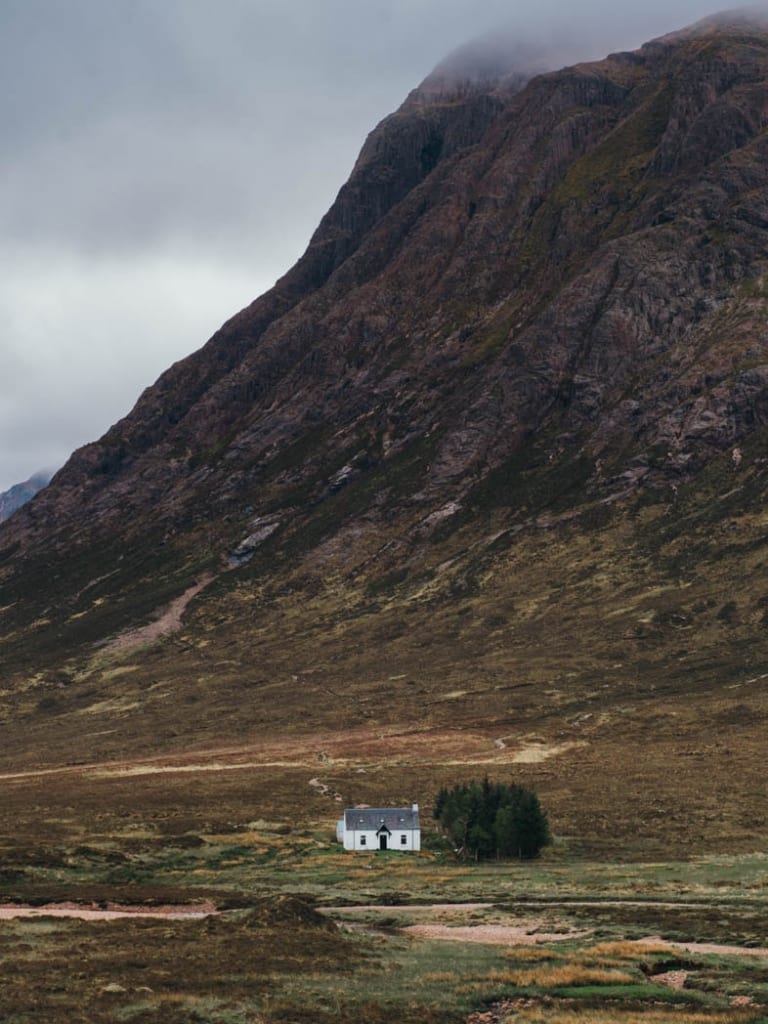
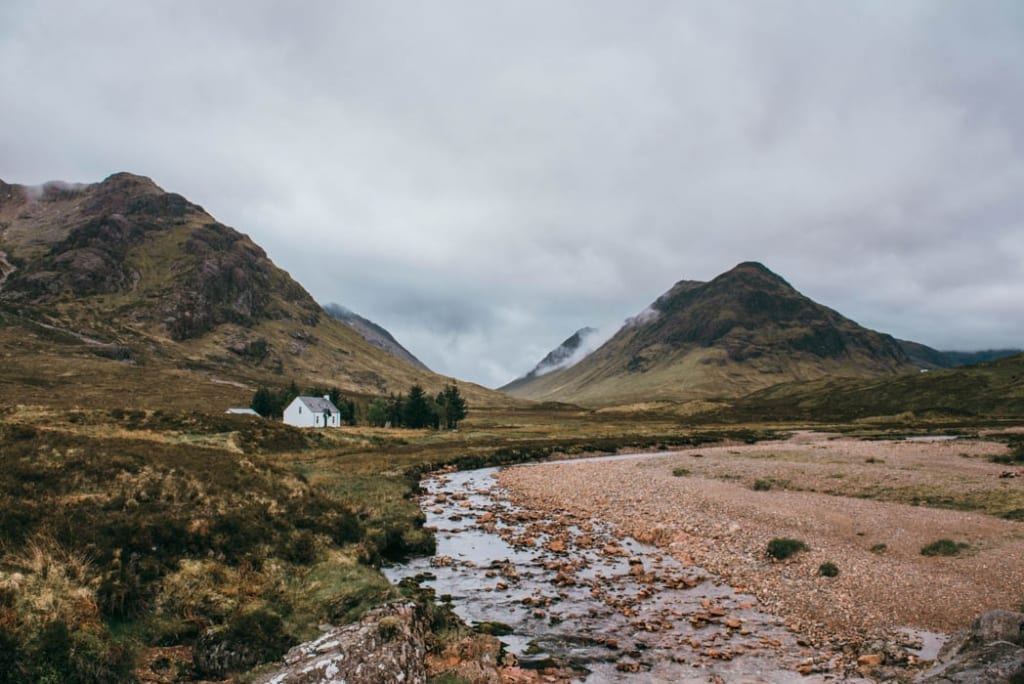
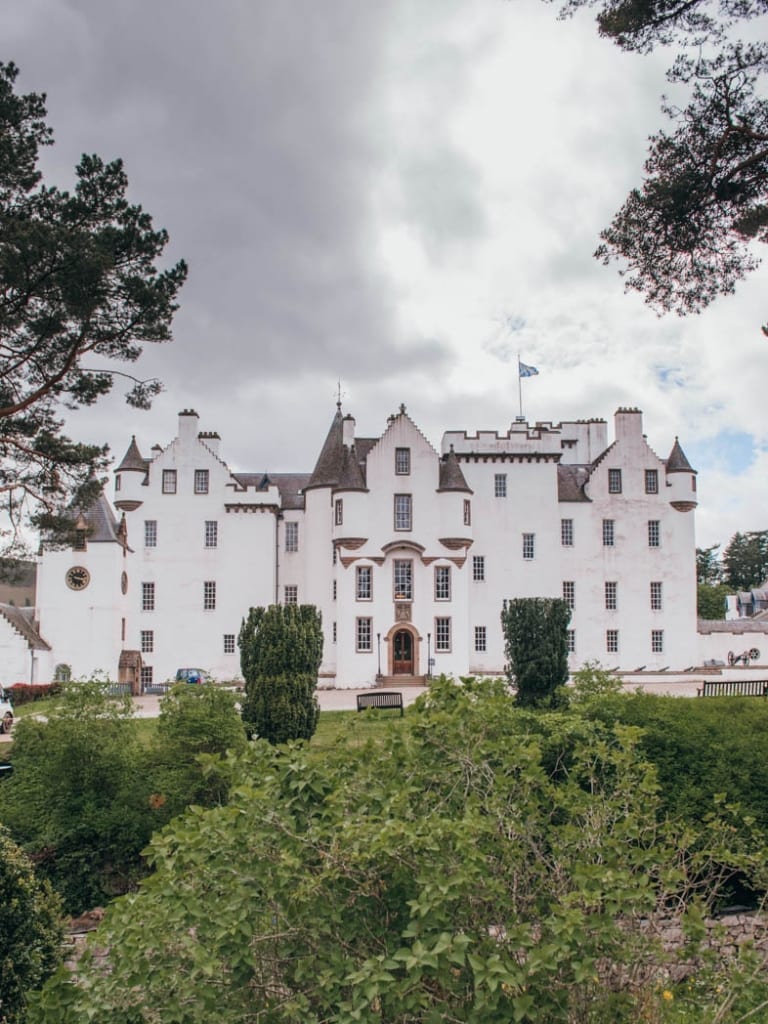
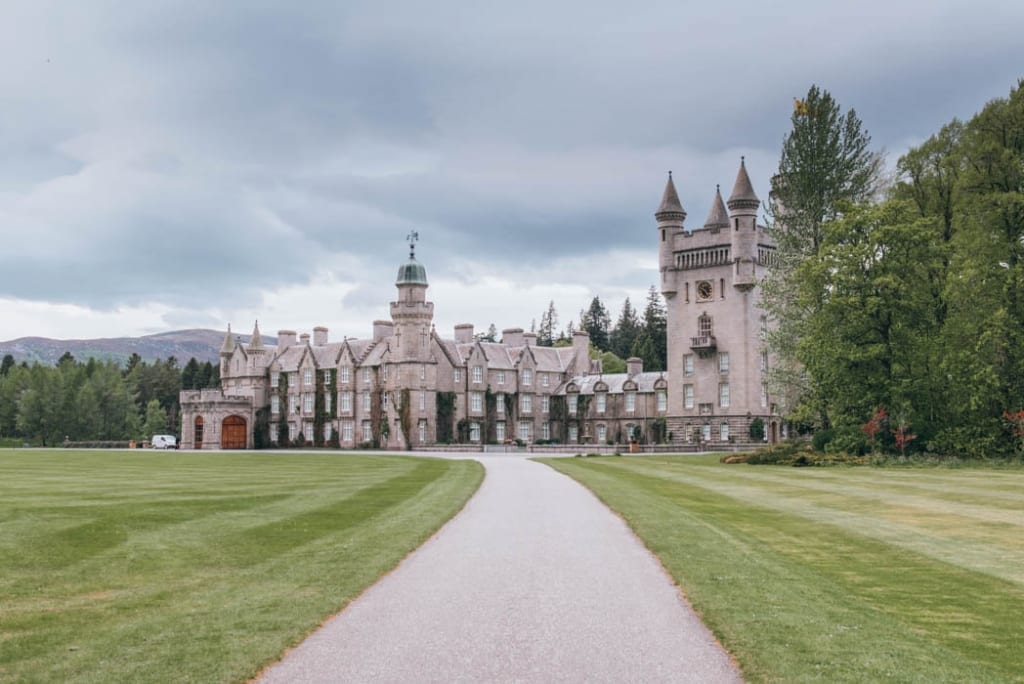
Day 6: Aberdeen to Elgin
Aberdeen and Elgin are not part of the Scottish Highlands, but to loop back to Inverness, driving through this region is required. On day 6, you’ll drive about 95 miles through gorgeous farmland to visit more castles and crumbling cathedrals.
Tip: If you take the backroads in May, you’ll find yourself surrounded by dozens of fields of yellow rapeseed flowers (see photo below).
Old Aberdeen: Old Aberdeen was an important political, ecclesiastical, and cultural center since the late Middle Ages. Naturally, this historic area accumulated many beautiful buildings, museums, parks, and gardens over the years. A few must-see sights include St. Machar’s Cathedral, St. Machar Bar, King’s Museum, King’s College, Powis Gate, and Cathedral Walk at Seaton Park. These sites are close together (within .5 miles of each other), so you can easily walk from one to the next on cobblestone streets.
Tip: Parking is hard to find in the heart of Old Aberdeen. I recommend parking at St. Machar’s Cathedral. You have to pay a small fee via an app (sorry, but I can’t remember its name, but it gives you instructions on nearby signs).
Castle Fraser: Castle Fraser is about a 30-minute drive from Old Aberdeen. The castle was constructed in 1575 by the 6th Laird of Fraser, Michael Fraser, and completed in 1636. Like many of the castles in Scotland, what we see today is a joint creation by master masons and architects over the years. Castle Fraser is one of the largest tower houses in Scotland and sits on 300 acres of landscaped grounds, woodland, and farmlands. The interior isn’t quite as grand as Balmoral or Blair Castles, but it has some unique features, such as hidden trapdoors, secret staircases, and a mysterious spy hole. If you don’t have time for a tour, still make sure to stop by to see the castle’s exterior.
The entrance fee to the castle is £16.00 for adults and £36.50 for families. Visiting the grounds is free. Depending on the time of year, tours end between 2 pm to 4 pm, but the grounds are open from dawn till dusk. For more information about Castle Fraser, click here.
Fyvie Castle: After driving an hour through the gorgeous countryside, we found ourselves at the infamously haunted Fyvie Castle. The earliest section of the castle dates back to the 13th century. However, after 1390, it ceased to be a royal stronghold and fell into the hands of five families who added a new tower to the castle. The interior showcases medieval stronghold features such as a great wheel staircase and original arms and armor. However, the living spaces, such as bedrooms and dining rooms, are remodeled and decorated following the styles of the late 19th century.
As I mentioned earlier, the castle is haunted! During the 1920s, renovation workers found a woman’s skeleton. They removed and buried the body, but soon after, the residents noticed strange things started to happen. You’ll have to go on a tour to hear the rest, but I promise you won’t be disappointed.
The entrance fee to the castle is £16.00 for adults and £36.50 for families. Entry to the castle is a guided tour only, and pre-booking a tour is recommended during the summer to avoid disappointment. Depending on the time of year, tours stop between 3:00 and 4:00 pm, but the grounds are open from 9:00 am till dusk. Learn more information about Fyvie Castle here.
Elgin Cathedral: Known as the ‘Lantern of the North,’ Elgin Cathedral was the principal church of the bishops of Moray. The cathedral was severely damaged during a fire in 1390 and the Protestant Reformation in 1560. However, repairs were always made. Unfortunately, the Elgin Cathedral fell to complete ruin after 1689 when bishops were abolished from the Scottish Church, and ownership of the cathedral fell to the crown. Today, the West Front and the Chapter House towers are intact and open to the public. You can climb to the top of the tower for incredible views of the ruined cathedral and city of Elgin. Also within the towers is the Elgin Stone Exhibition – with more than 100 medieval stones featuring expressive faces, flora, and fauna.
The entrance fee to the castle is £10.00 for adults and £6.00 for children aged 5-15. Click here to learn more about Elgin Cathedral.
After exploring the cathedral, we drove 5 minutes from Elgin and checked into the Ardgye House. This lovely 4-star bed and breakfast is a mansion house that stands on 150 acres of woodland. If you stroll through the grounds, you may encounter deer, ducks, squirrels, badgers, and foxes. The Ardgye House has various rooms and parking facilities and includes breakfast. I recommend staying here for the evening.
For dinner, our B&B host recommended the Kimberley Inn in Findhorn. This lovely inn is a traditional pub with delicious food and a great selection of ale and cider. If it’s not too chilly, sit outside for amazing views across Findhorn bay. The Fresh Buckie Haddock was the best fish and chips ever!
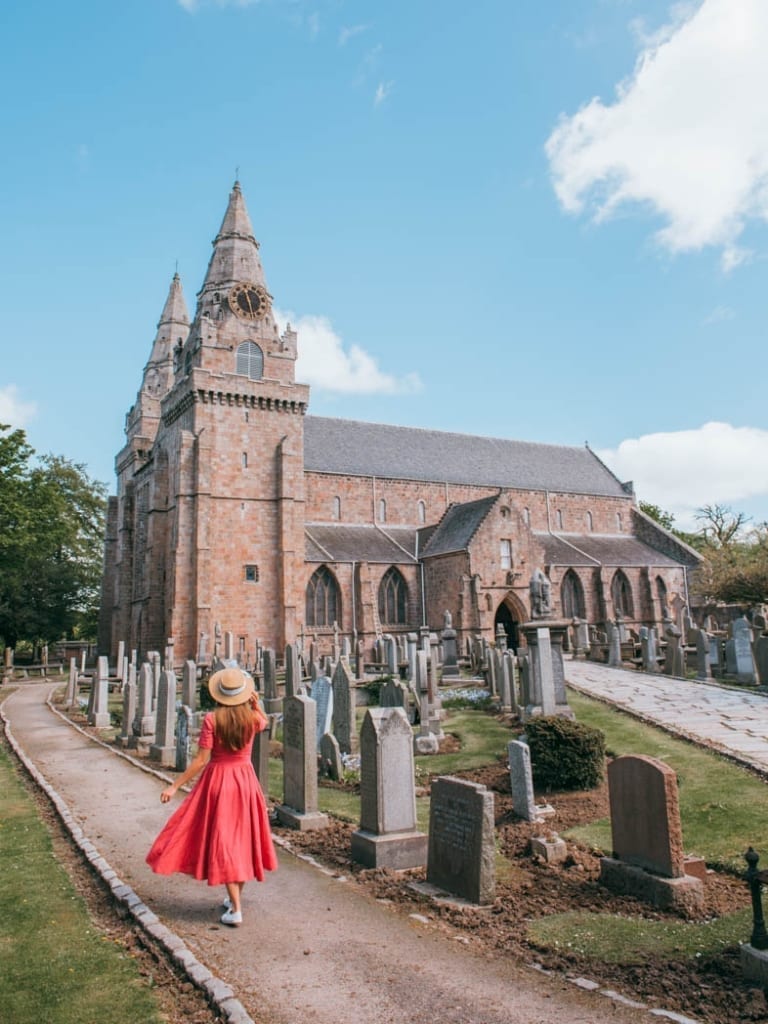
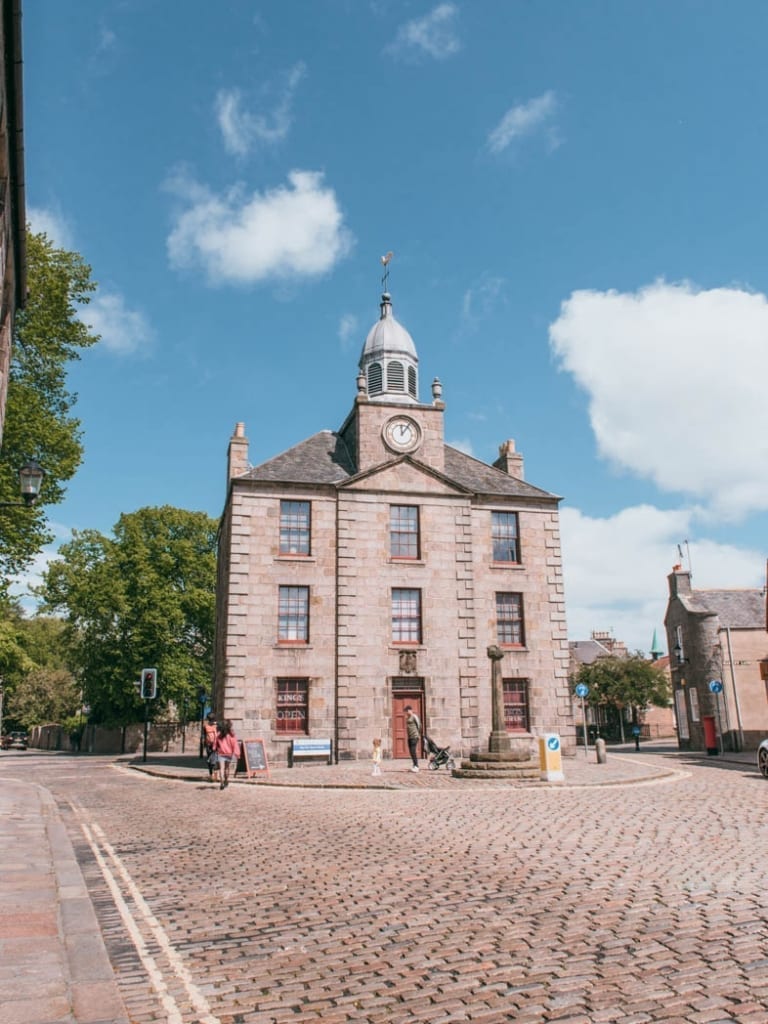
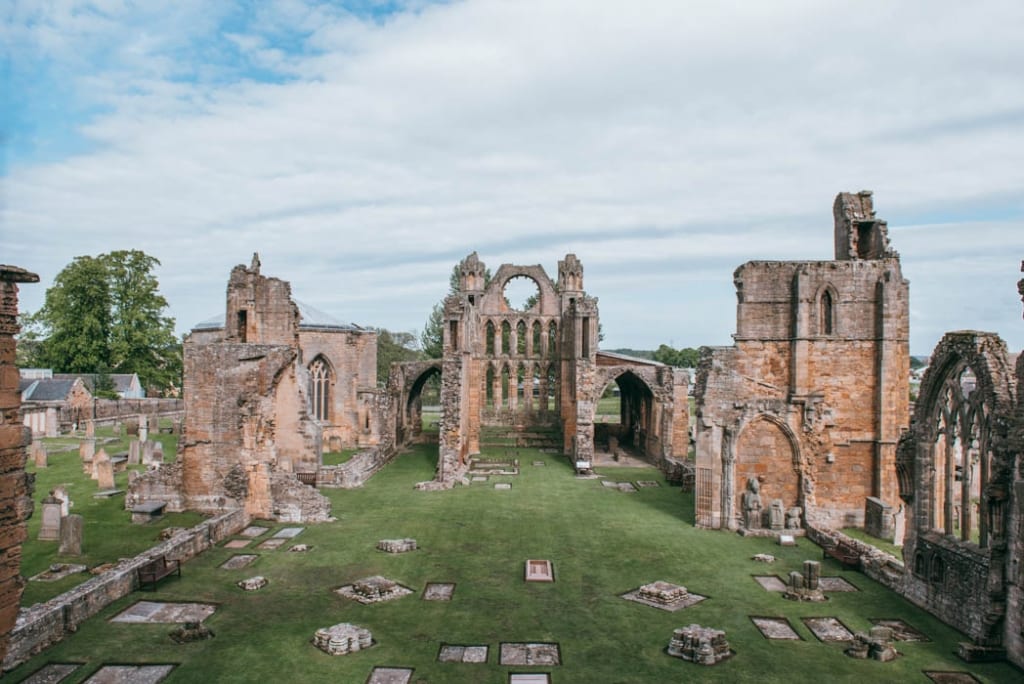
Day 7: Elgin to Inverness
It might be the last day of an incredible road trip, but it won’t be any less epic. Get ready to see the tragic battlefield of Culloden, prehistoric burial cairns, beautiful castles, and the capital of the Scottish Highlands.
Clava Cairns: The Clava Cairns is a well-preserved Bronze Age cemetery, dating back about 4,000 years. This prehistoric burial site has ring cairns, kerb cairns, and standing stones. In recent years, many fans of the popular TV show Outlander visit this site. The standing stones of Craigh Na Dun, where Claire first falls through time, is believed to be inspired by the stones at Clava Cairns and the Callanish Stones on the Isle of Lewis.
Culloden Battlefield: Only a 5-minute drive from the Clava Cairns is the infamous site of the Battle of Culloden. This is another must-see for Outlander fans and history buffs. Not only was this the final confrontation of the Jacobite Rising of 1745, where Charles Stewart tried to regain the British throne for this father, but it marked the destruction of the traditional Gaelic culture and Scottish ways of life. When you arrive at the visitor center, be sure to take your time to learn about the events leading up to the battle and then experience the battle in the immersive surround cinema. Layton and I particularly enjoyed the replica muskets and swords. Once you exit the visitor’s center, walk along the wet moors of the battlefield. Near the 6-meter-tall memorial cairn honoring the fallen warriors are also headstones marking the graves of the hundreds of clansmen who lost their lives for the Jacobite cause.
The entrance fee is £14.00 for adults and £30 for families. For more information about Culloden, click here.
Dunrobin Castle: After driving 1 hour and 15 minutes north from Culloden and past the city of Inverness, you’ll find yourself at one of the most beautiful castles in Scotland. Dunrobin Castle is the most northerly of Scotland’s stately homes and the largest in the Northern Highlands with 189 rooms. It also is one of Britain’s oldest houses dating back to the Middle Ages (the 1300s). However, most of the current castle and gardens were added between 1835 and 1850 by Sir Charles Barry, who was a famous English architect known for rebuilding London’s House of Parliament.
Also, on the castle grounds is a museum built as a summer home by William, the Earl of Sutherland. The museum displays the heads of hundreds of animals shot by the family on safari, ethnographic items collected from around the world, and archaeological relics. The photo below is just the entrance to the museum, so if you find it upsetting, then I suggest skipping it altogether. However, I found it fascinating and recommend checking it out.
Dunrobin Castle is open annually from 1st April to 31st October. The entrance fee to the castle is £14.50 for adults and £42 for families. Tickets include entry into the museum and gardens. There is also a falconry display daily at 11.30 and 2.00 pm. Click here for more information about Dunrobin Castle.
Inverness: Finally, you’ll have the opportunity to explore the charming capital of the Scottish Highlands. A few popular places to see are Inverness Castle, Inverness Cathedral, and St. Stephan’s Church. However, after a week of visiting many historic buildings and sites, Layton and I decided to spend our last few hours getting familiar with the pub scene. Here are our favorite bars:
- Hootananys – Known by locals as Hoots, this award-winning live music venue plays folk music every day of the week. It’s one of the most popular bars amongst locals and tourists alike. We stopped by for dinner and tried Haggis Meatballs and the Highland Beef & Red Kite Ale Pie. It was all delicious!
- Gellions – Gellions is the oldest bar in Inverness, opening in 1841. They feature live music seven days a week, bar meals, dart boards, TV spots, and various Scottish gin, whiskey, and beers.
- R&Bs – This fun lunch to late-night spot offers classic Scottish food and bar snacks. The best part is that R&Bs have karaoke every weekend. Whether you like to sing or not, it’s a great time! As an outsider, I found Scottish karaoke more entertaining than most reality TV shows.
After an evening of soaking up every last bit of Inverness, you’ll need a place to sleep. Within walking distance of some of the best bars, restaurants, and shopping is the 4-star Columba Hotel. We had a room overlooking the River Ness and Inverness Castle, which made our final moments in Scotland even more memorable.

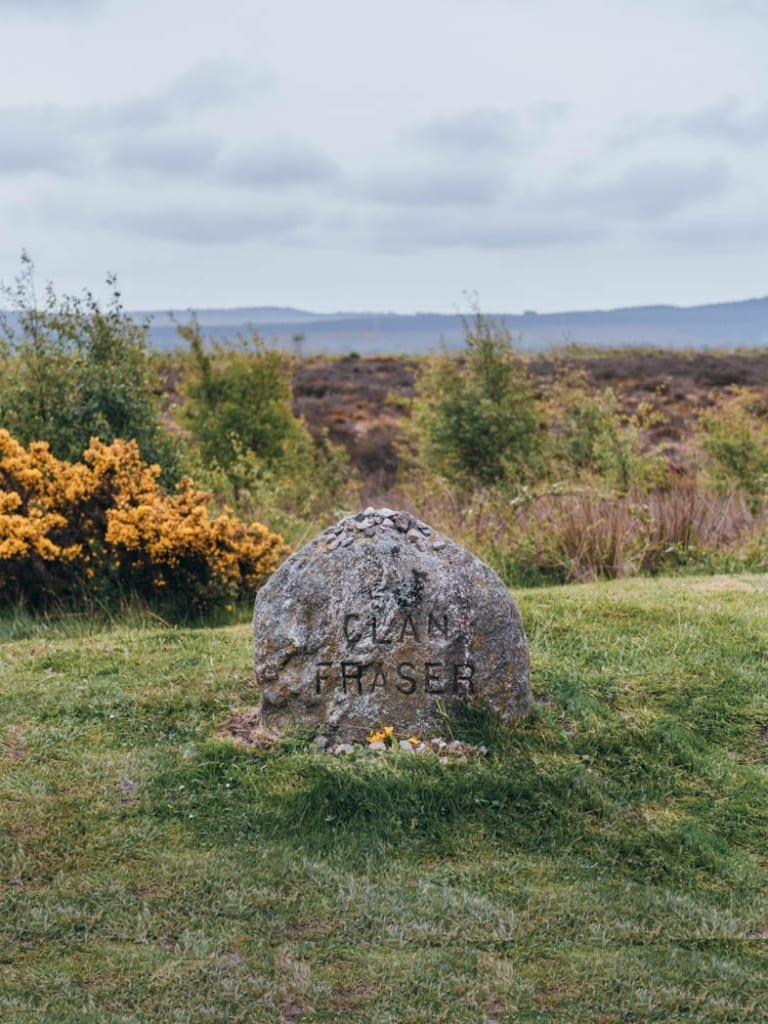
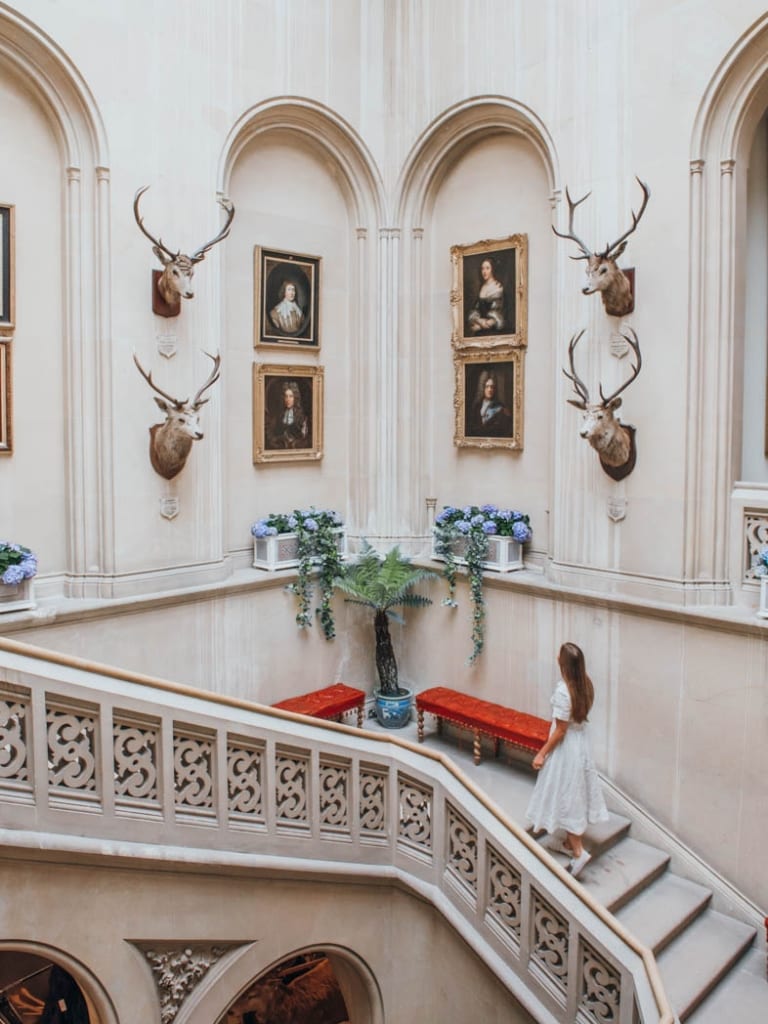

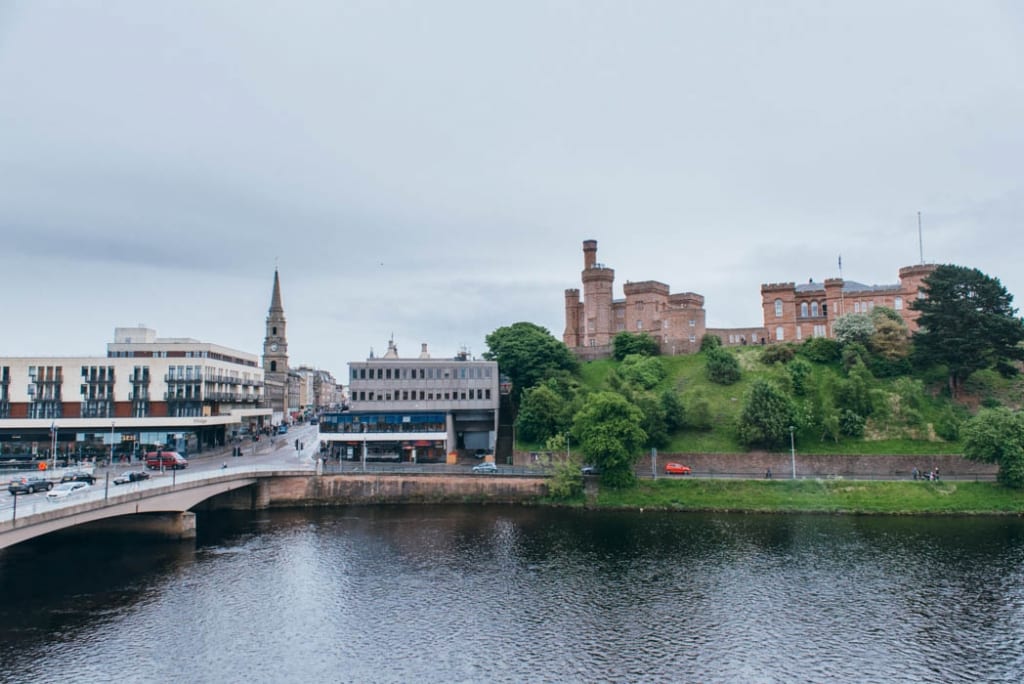
I hope you find this itinerary useful in planning your own Scotland road trip!
Thank you so much to Visit Scotland Tourism for gifting us with AVSA passes to gain free entry into locations such as Urquhart Castle, Eilean Donan Castle, Blair Castle, Elgin Cathedral, and Culloden.
Angie xoxo
FOR A LOOK INTO OUR ADVENTURES IN SCOTLAND, CHECK OUT THIS VIDEO:
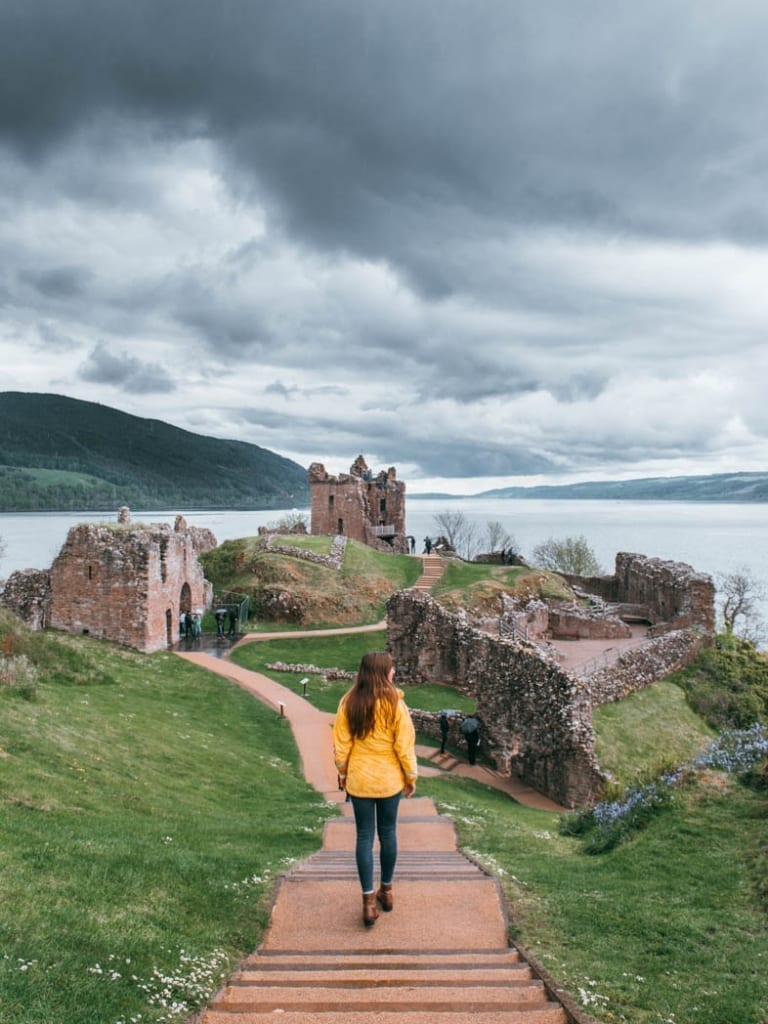
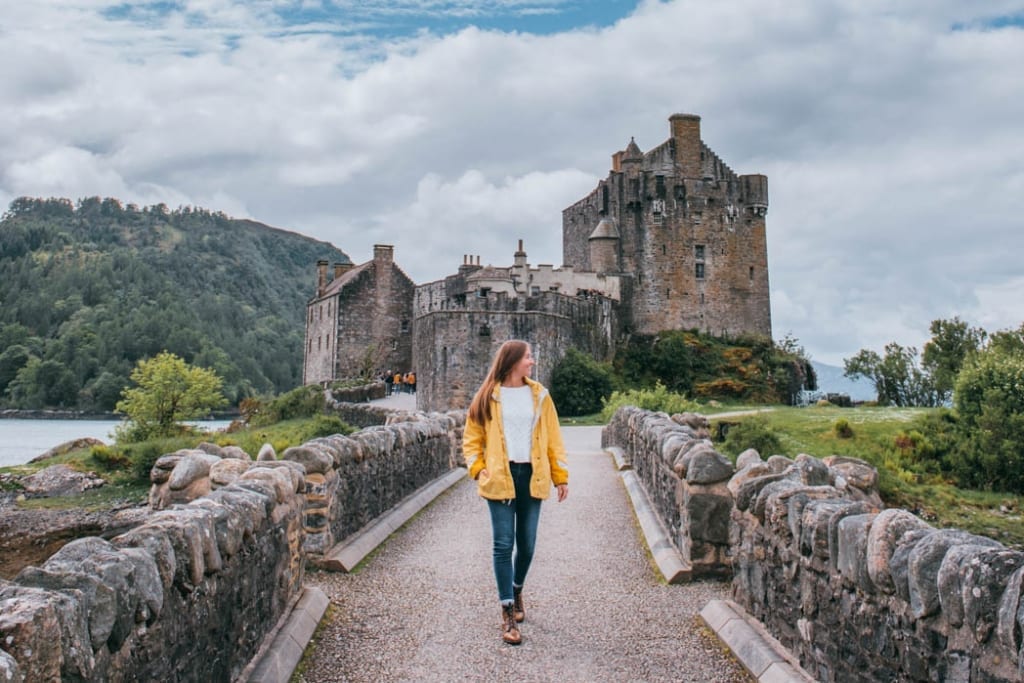
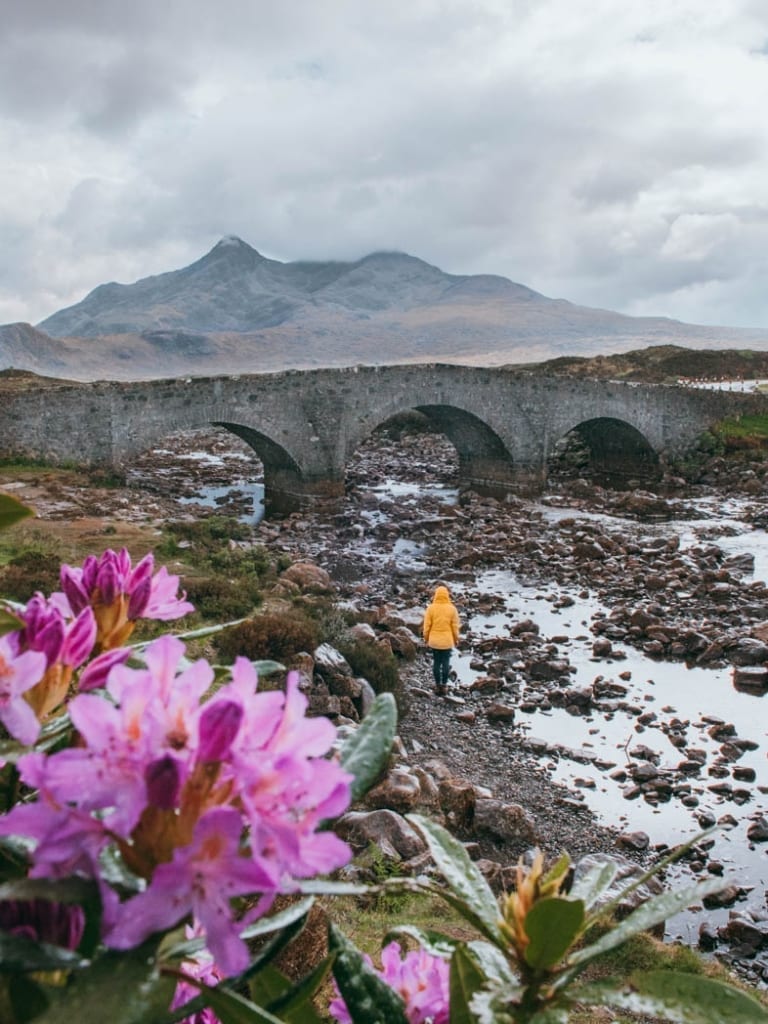
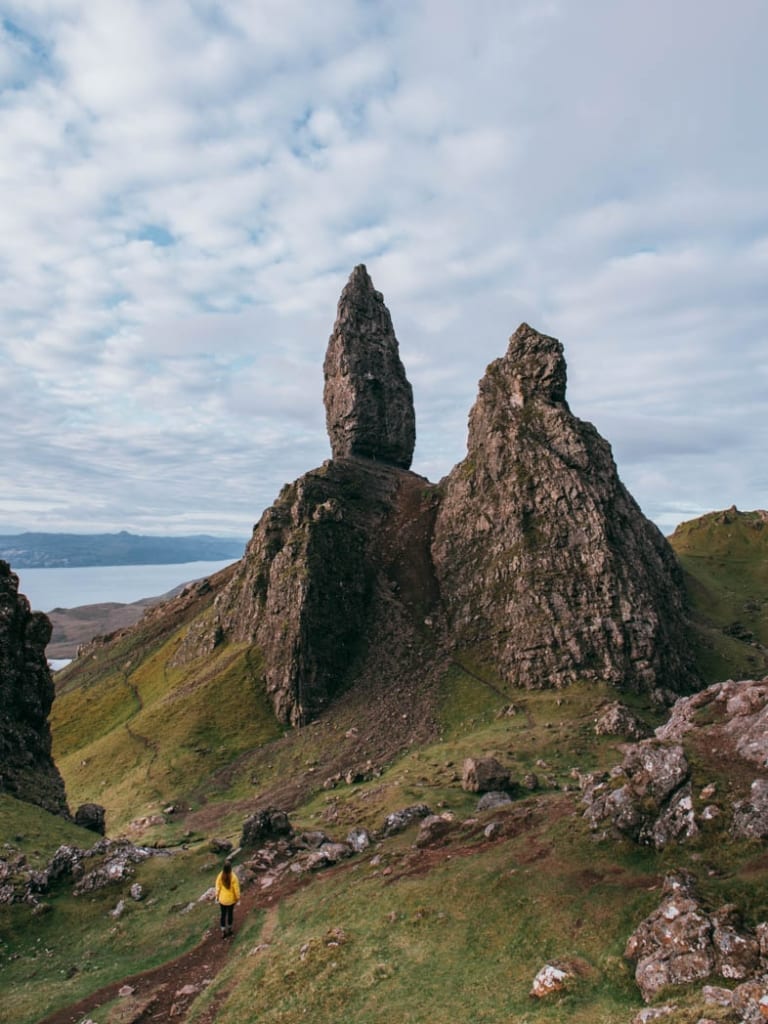
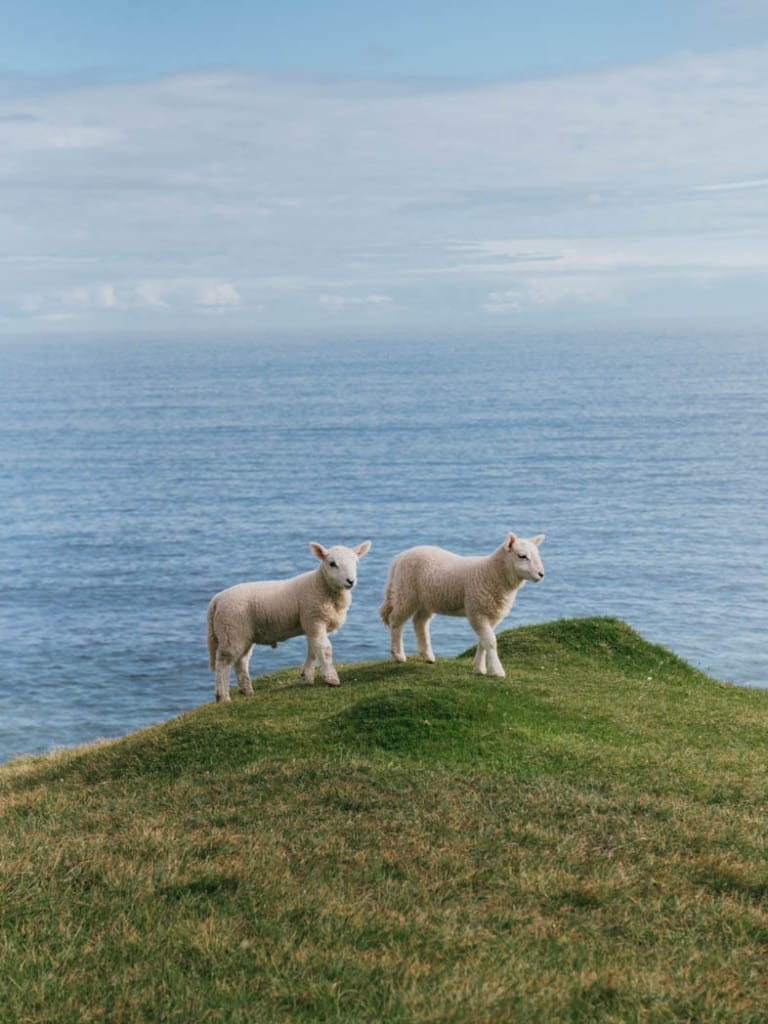
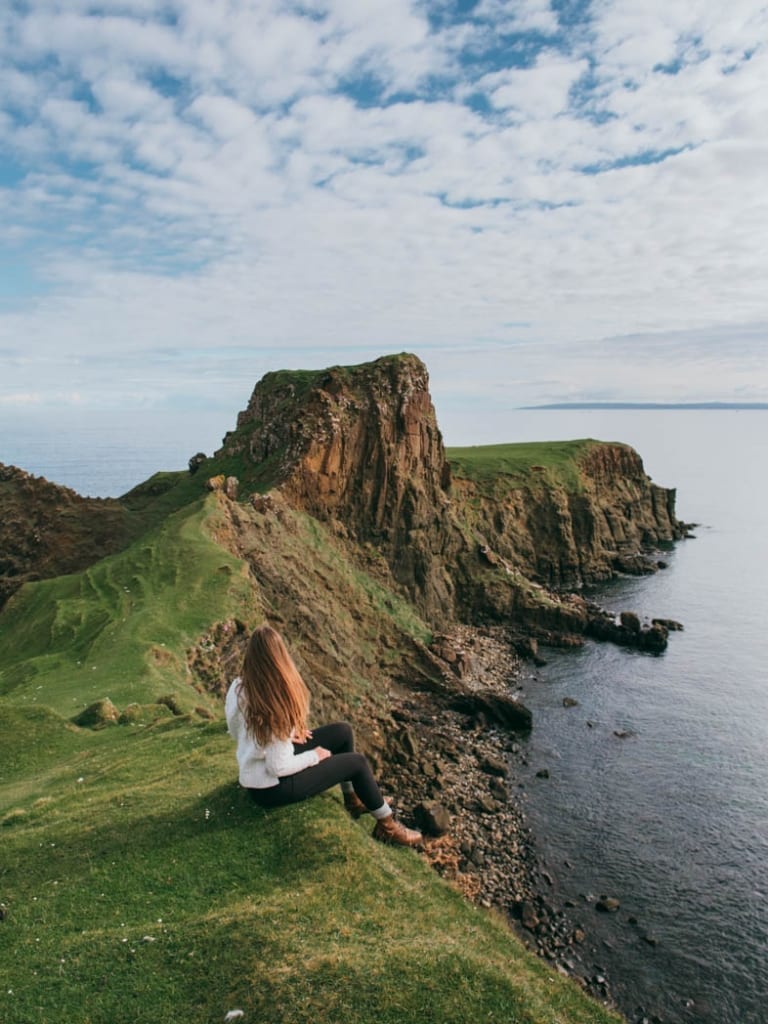
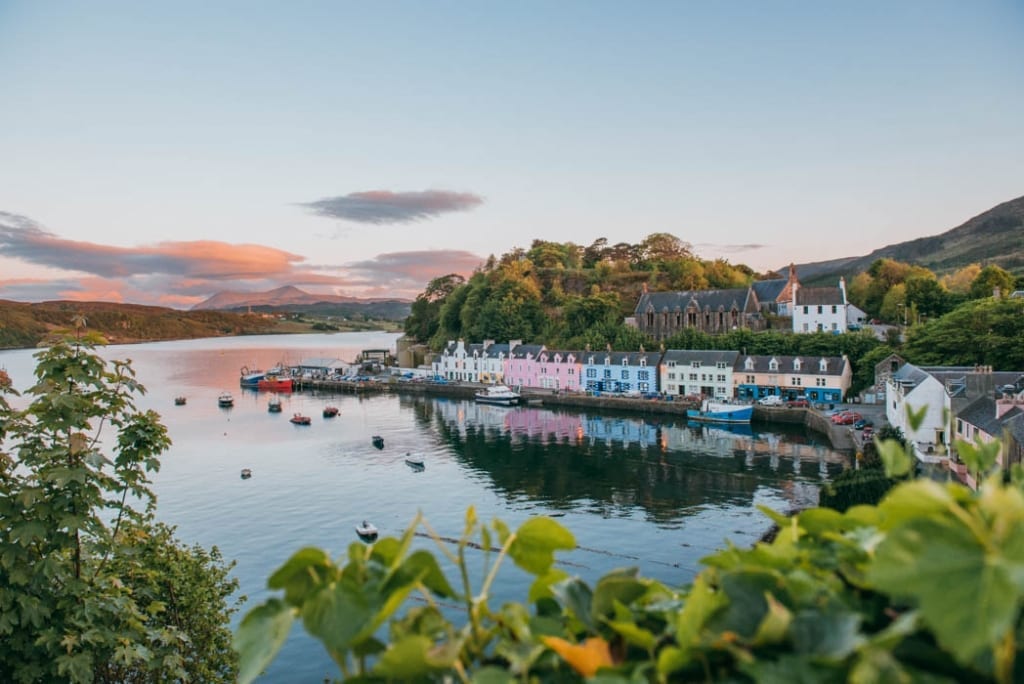
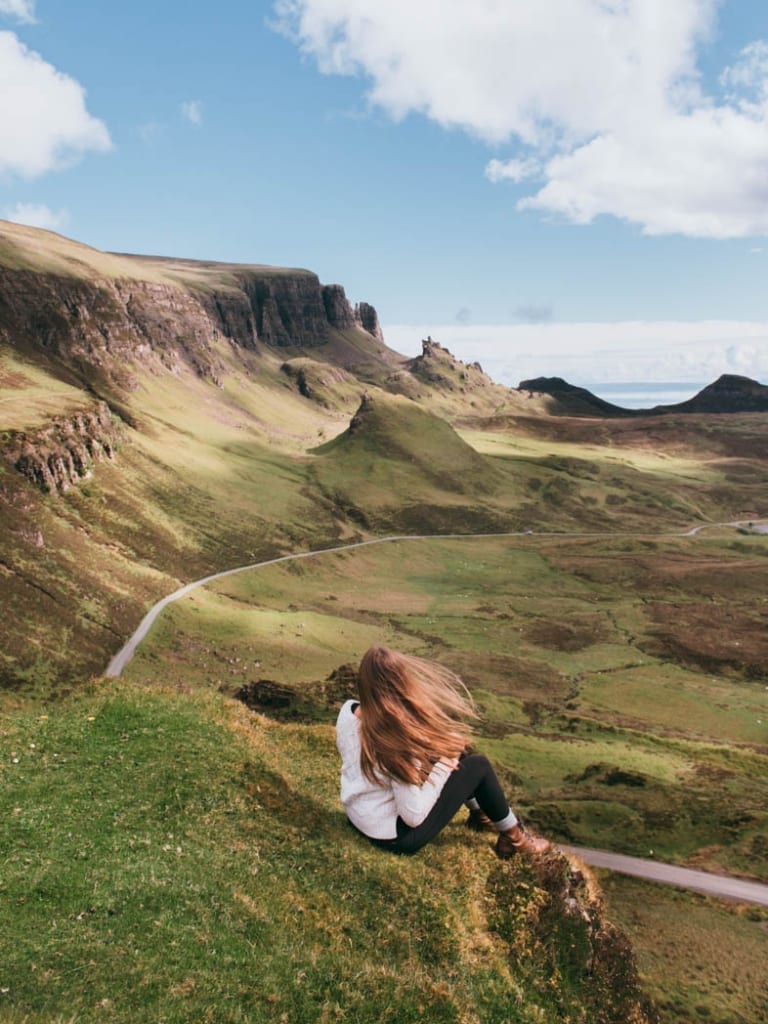
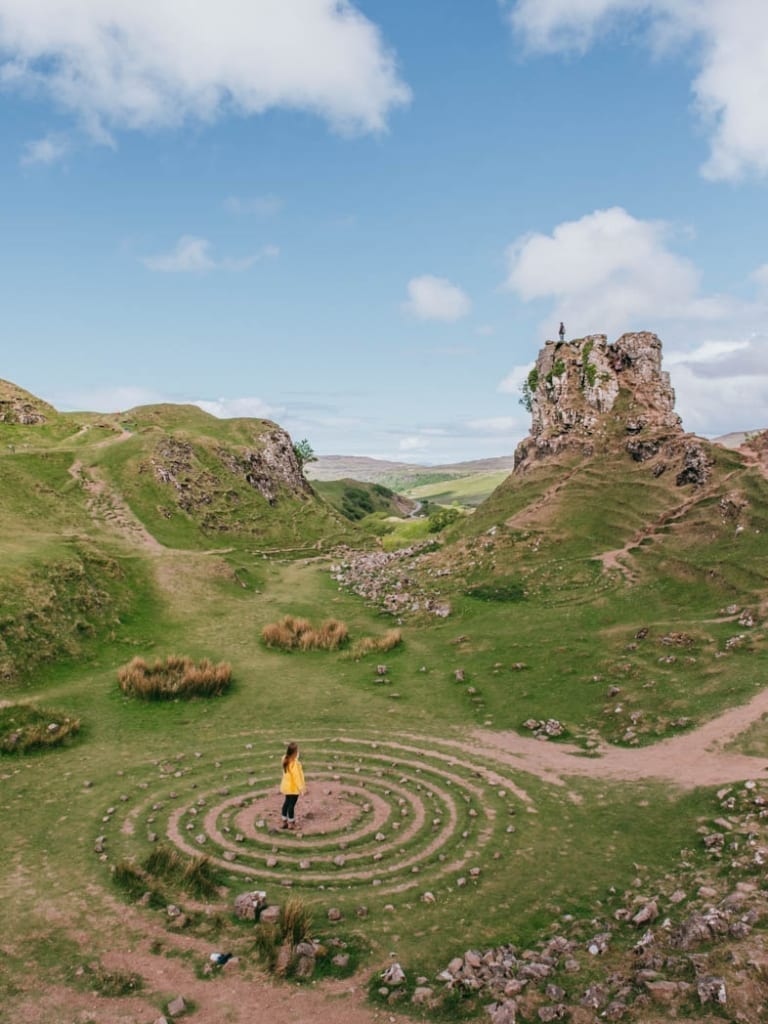
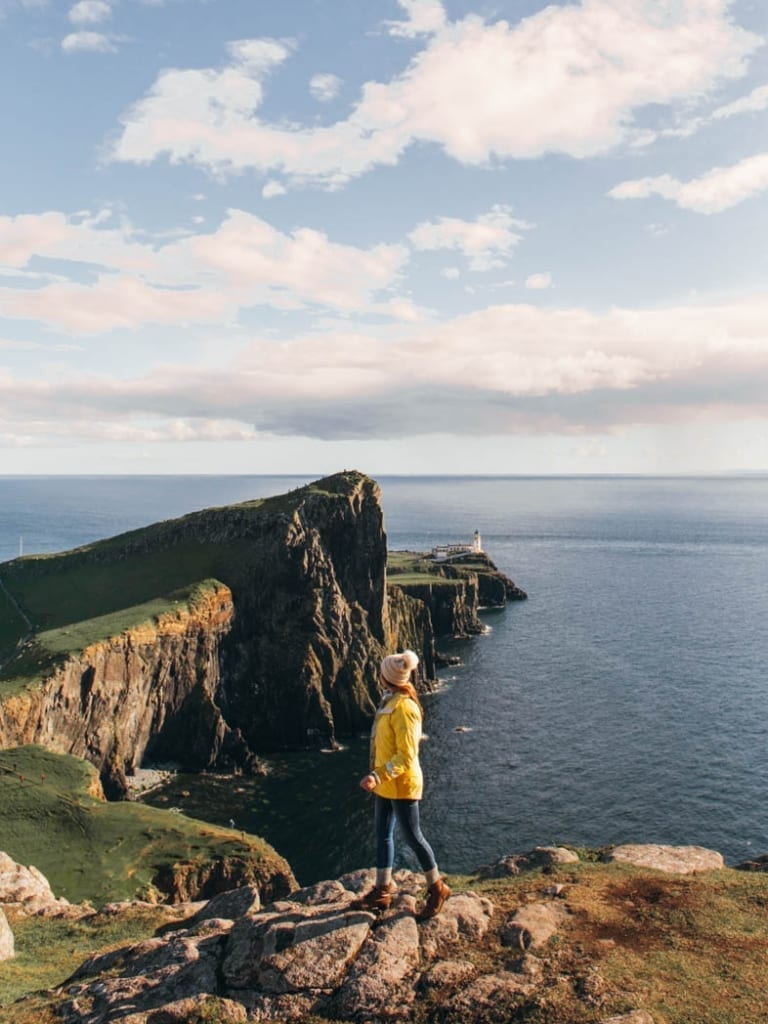
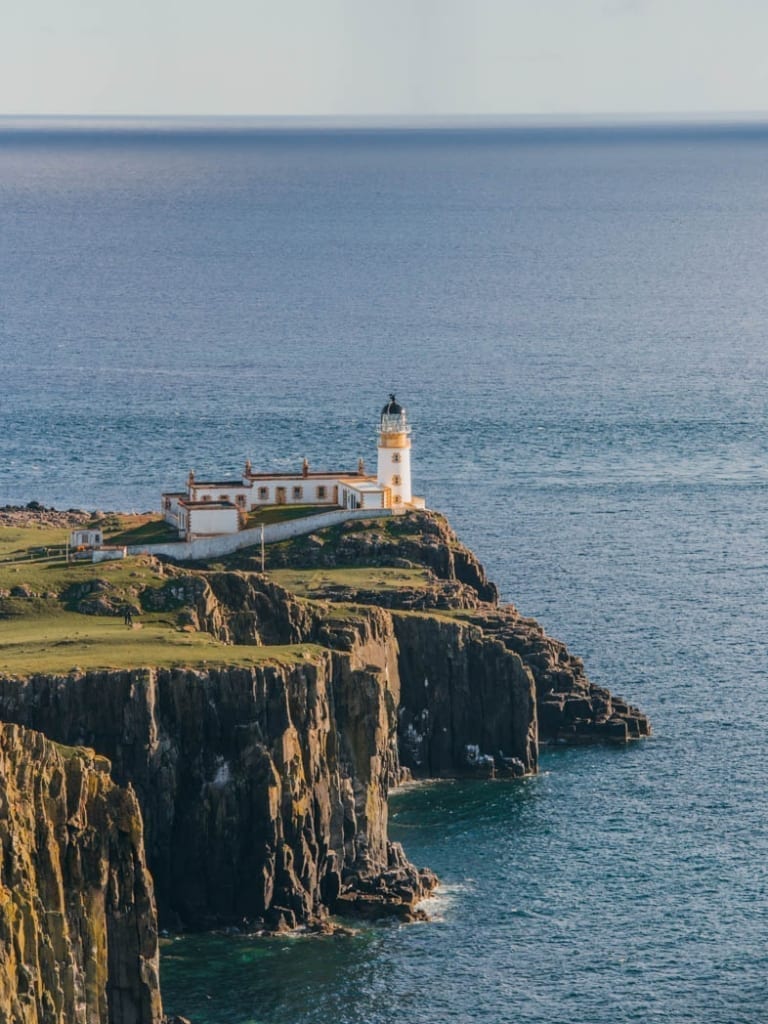
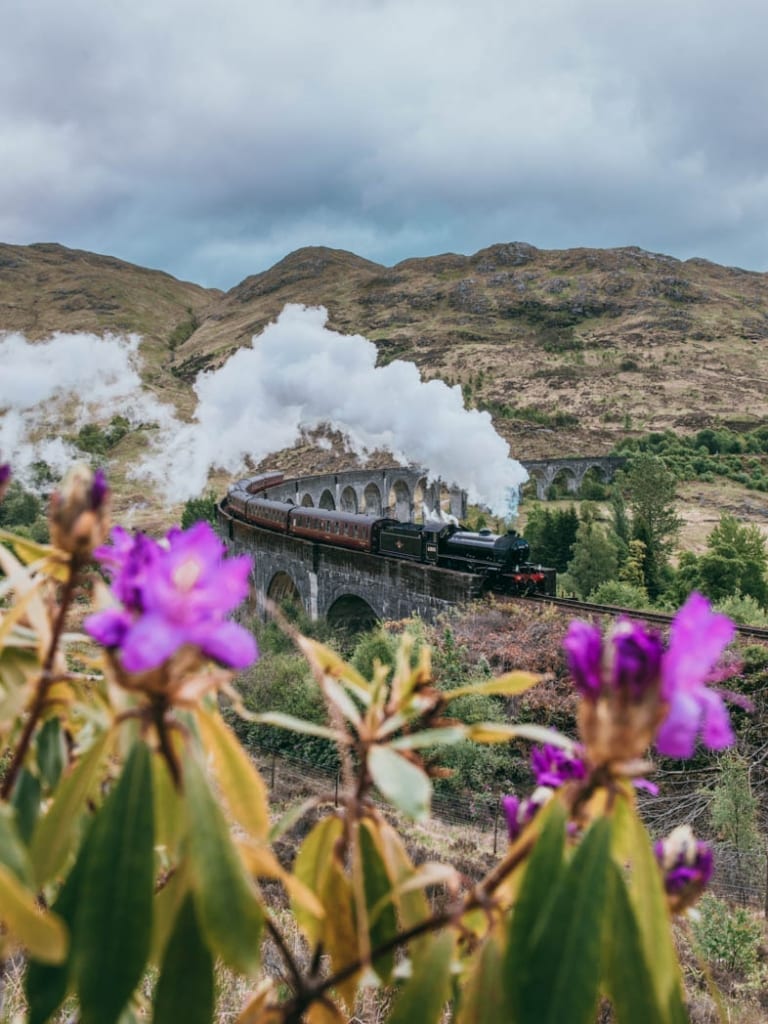
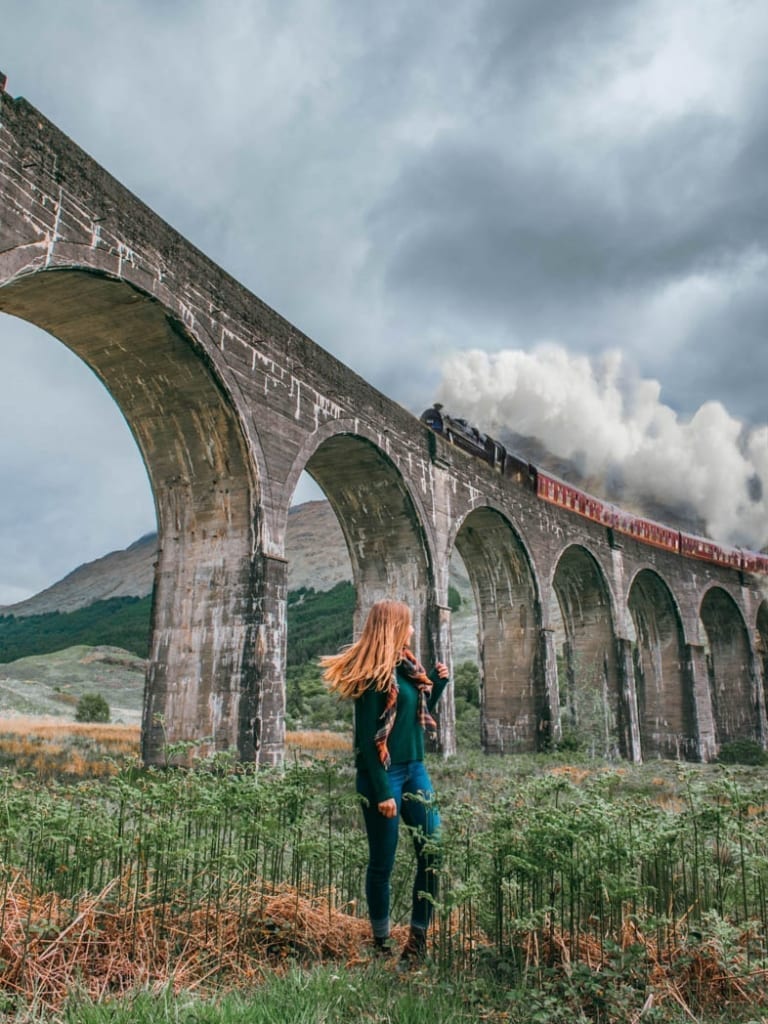
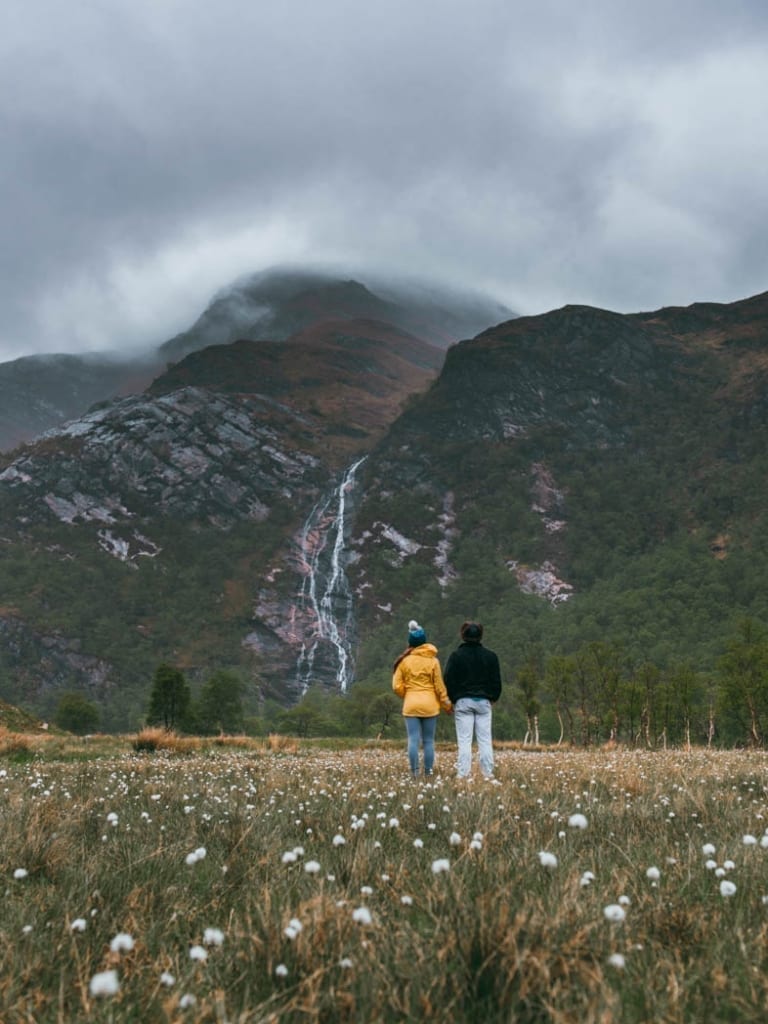
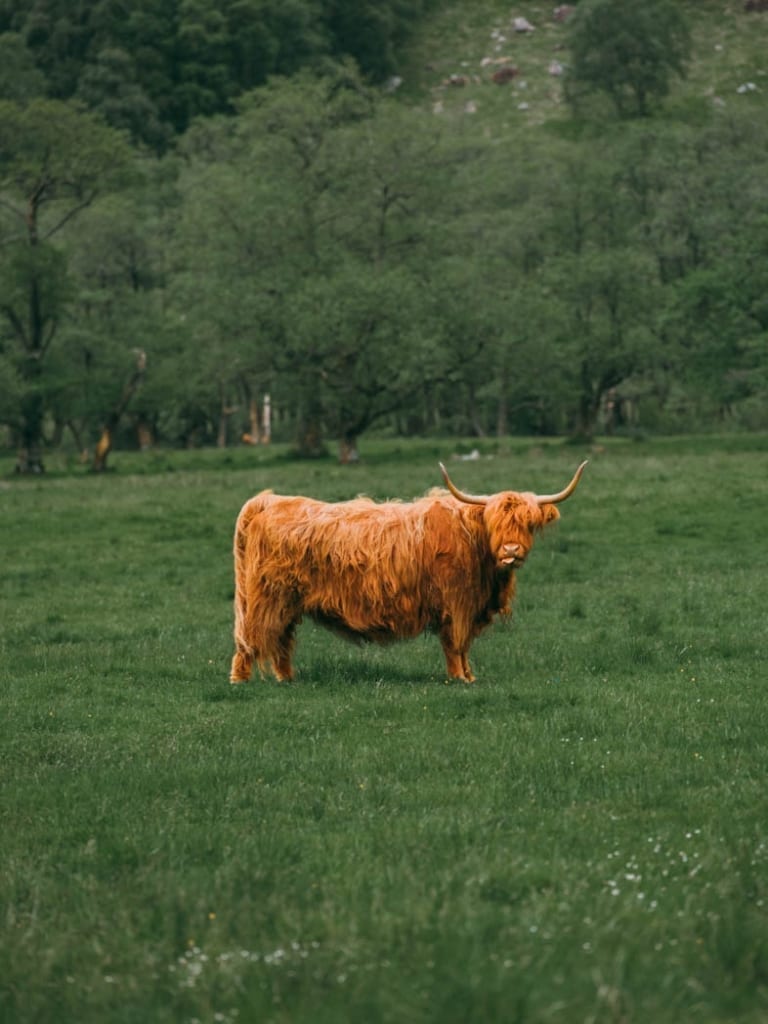
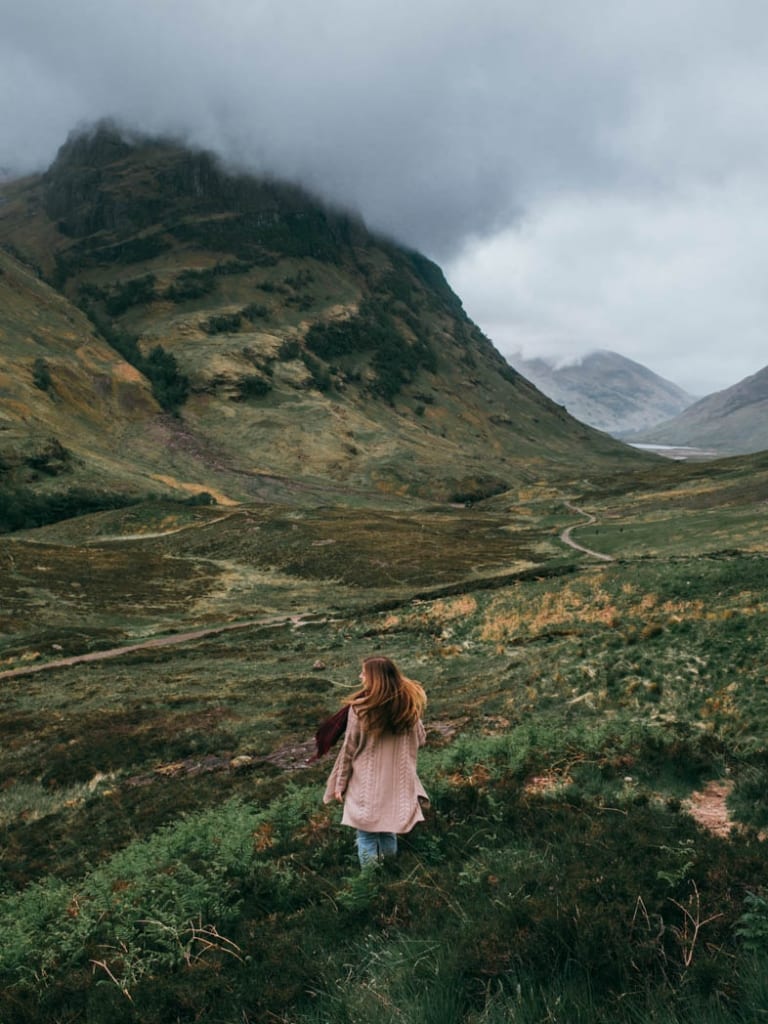
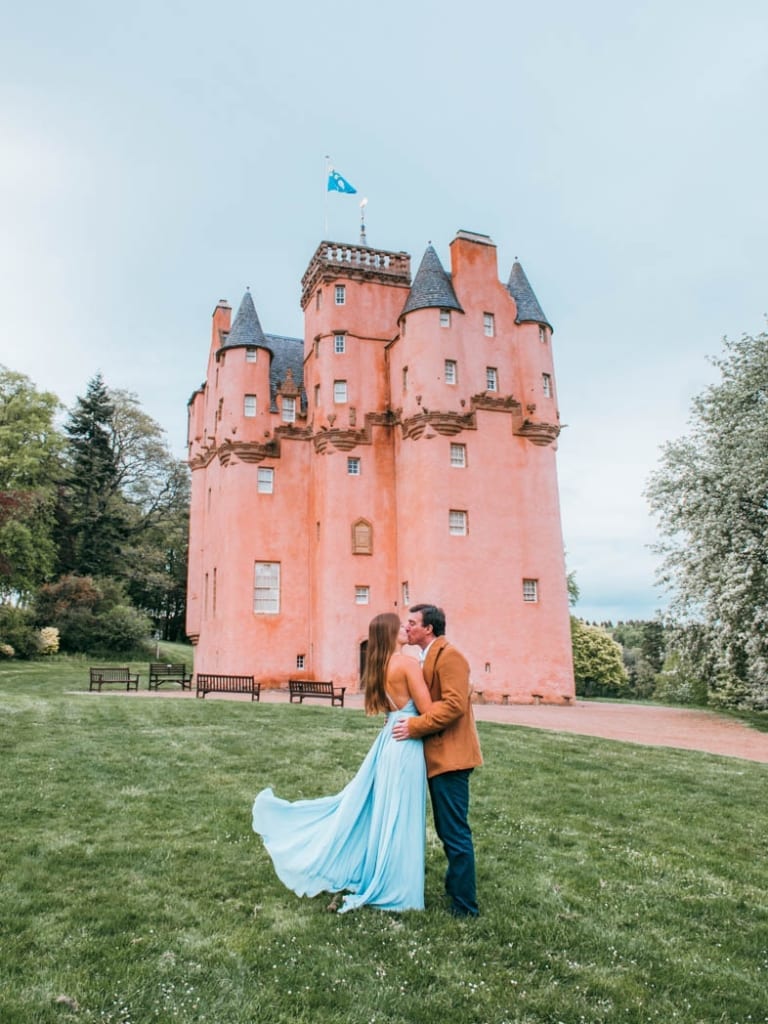
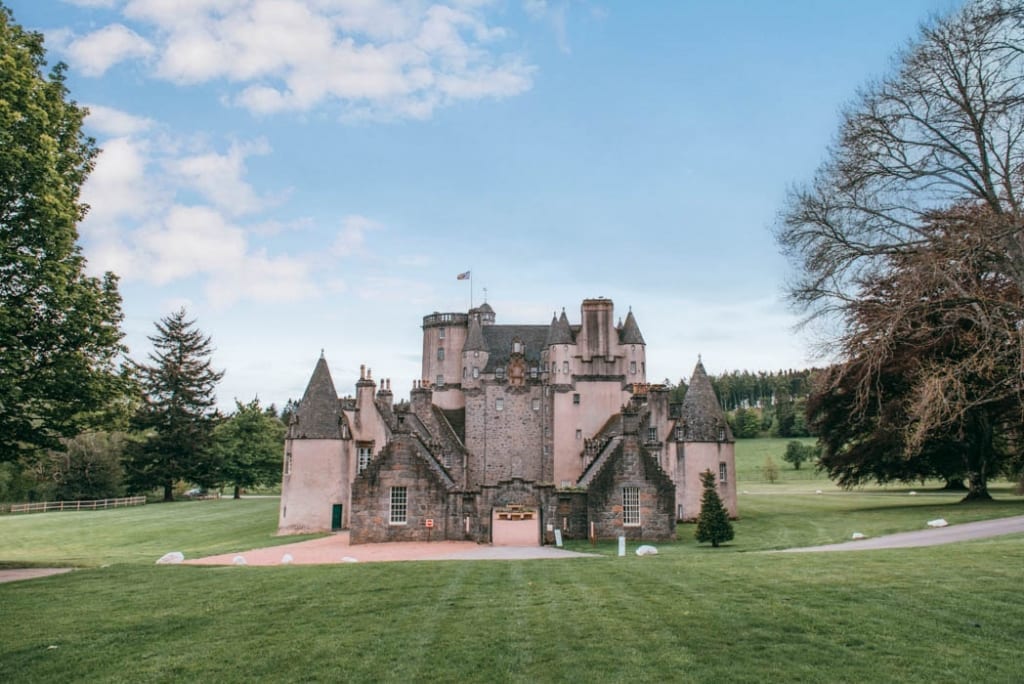
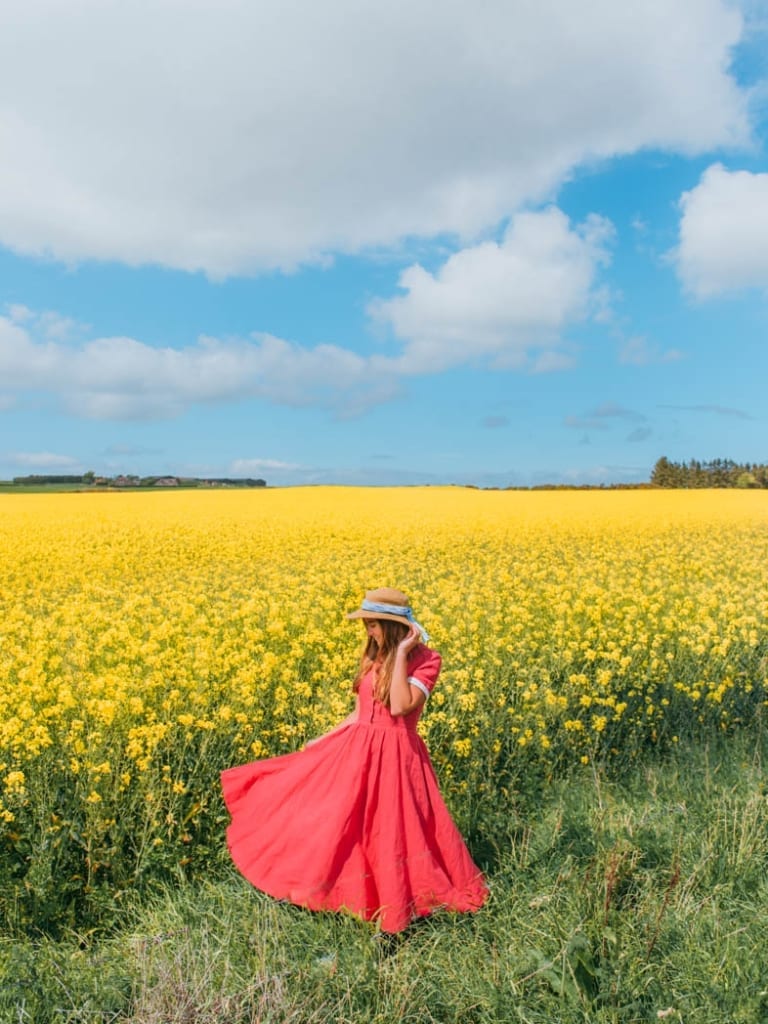
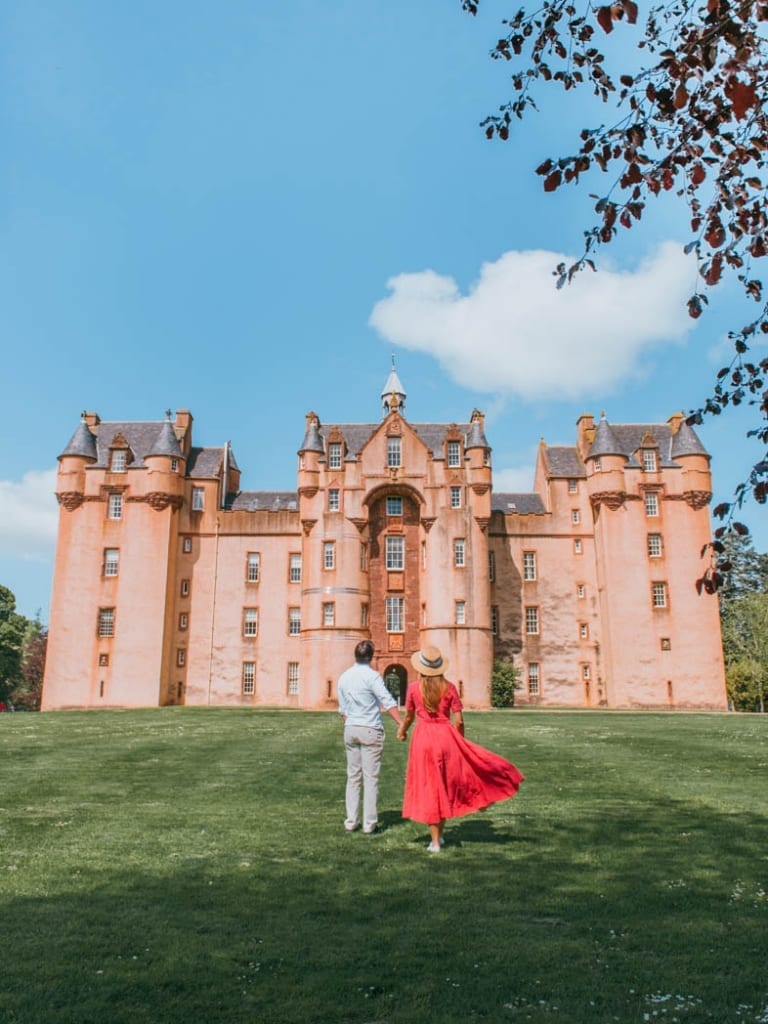
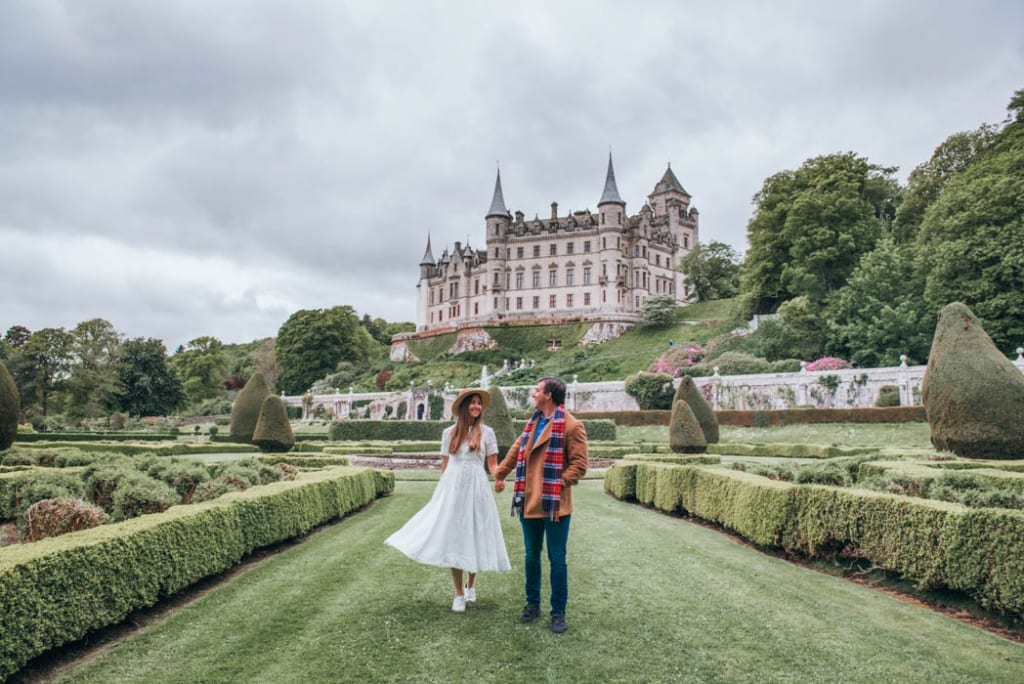
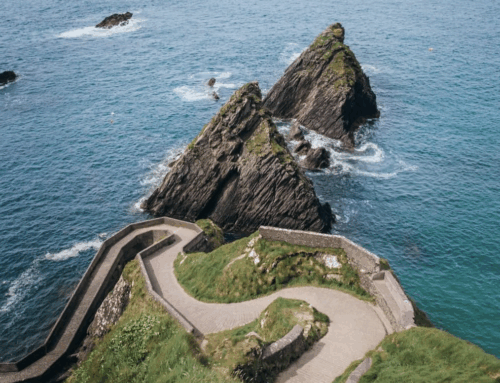
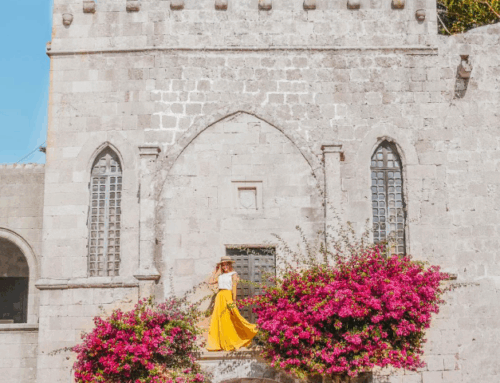
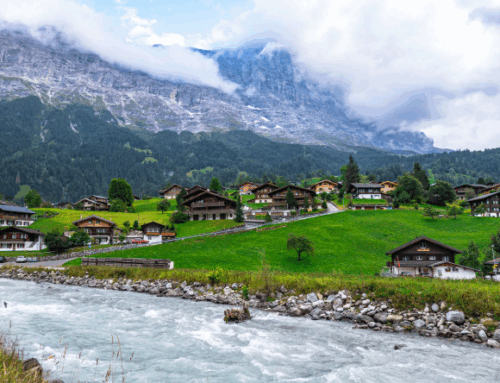

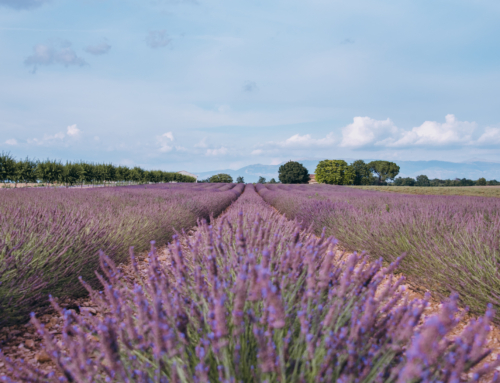
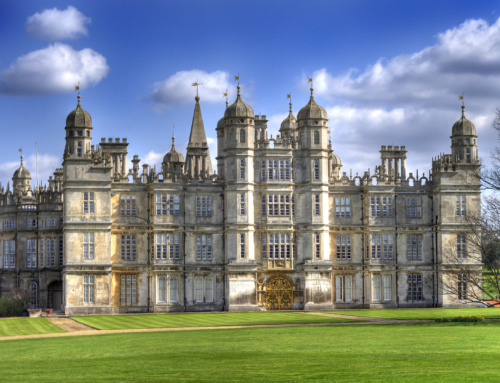
Some really great advice. Enjoyed reading it as we recently did a tour of Scotland and stopped at many of the places you suggested, and missed a load of others we wish we’d known about or had the time to visit.
Another great place to see the Old Man of Storr from is Brides Veil Fall, you get the waterfall in the foreground with the Old Man of Storr in the background. Makes for some really great pictures. You can find it as you drive from Portree, as you drive along the shore of Loch Leathan keep an eye out to the east for a small layby where you will be able to spot the waterfall just 100 yards from the road.
I have been so eager to read this post, and I have read it about 10 million times today! This is PHENOMENAL Angie! This has really helped me through my own travels coming up to Ireland and back to Scotland!! Thanks for pouring out all of your knowledge 🙂
Angie, this post is so amazingly detailed! I’m definitely excited to visit Scotland now! Love the story of the eternal beauty myth and can’t get over those yellow flowers!
This is perfect timing as I leave for Scotland in a couple months. It’s so detailed and there are a few things I was able to add to my already extensive list. ????
Thank you SO MUCH for this. Great post as always – and stunning photos. I’ll be using this in the future for sure.
Angie, this post is incredible!!! I’ve been waiting for your Scotland guide because I’m going in July / August and I’m dying to start planning it. And I’m so glad you mentioned booking hotels in advance because I didn’t realize that they filled up so quickly!!
I also loved your tips for the Harry Potter train and Dumbledore’s burial site (I hadn’t seen photos of it before!). Did you guys think about doing train travel vs. driving at all?
Thanks for all the amazing Scotland info! PS -loved the video as well 🙂
Gorgeous! ????♥️???? I’m definitely going to need to make a trip there!
This makes me so excited to visit Scotland someday. I will be referring back to this post, during planning you can bet on it! All of the castles, the views, the hairy cattle and Harry Potter too? When can I put this in our travel plan!!?!?!
This guide is incredible I’ve saved it for whenever we can finally make it to the UK! Dying to see so much of this!! It sounds like a perfect trip! – Heather
Angie, amazing content as usual. You put Scotland on my bucket list. Can’t wait for your next post. Also, in love with those photos, beautiful Edition.
Hi from Uruguay.
Flo
Omg!!! Literally blown away by this post and I know you told me you stayed 7 days but I think I’m gonna have to stay 10 days to see all this! Can’t wait to see the hairy cows and the Harry Potter spots! BTW, how much in advance did you book the hotel on the isle of skye?? Because I tried to book for June but every date is full ???? Anyway, awesome trip ????????????
It definitely was a non-stop kind of trip. I totally think that 10 days would be more enjoyable since you could really take your time at each place and not feel rushed. For the hotel on Skye, we booked in March for our trip in May. But they only had 2 nights open instead of 3 nights, which is why we ended up spending one night in the town of Portree at the Tongadale. June – August is the high seasons and that hotel specifically is one of the nicer accommodations close to town so I’m not surprised it’s full. But maybe search on Airbnb as well if you’re having a hard time finding a place. Good luck!
Scotland looks like a fairy tale land, it all looks so beautiful. Your itenairy sounds amazing, thanks for your very detailled story and tips. I’m saving this for a future trip to the land of Nessie????
WOW this guide is amazing!! You sure did a lot during your week road trip, i’m planning to visit in September and I have saved a bunch of places! Those highland cows are just the cutest!!
Thank you so much for this amazing blog post! I have always wanted to go to Scotland and doing it as a road trip seems like the best option to see all the beautiful country has to offer and doing it on a budget! I will definitely be looking back on this post when I’m planning my (hopefully soon) trip!
Yay! I’ve been waiting for this itinerary! Clearly I did not plan enough time in Scotland for my trip next month. It’s going to be hard to pick and choose. I love that you discovered a special spot that you didn’t find on any guide with Brother’s Point. Finding a hidden gem all to yourself is a travelers dream! But I’m also a sucker for all things Harry Potter. I’ll be sitting with this itinerary for a while as I keep planning!
You’re on the same blog writing delay time as me???? I went to Scotland in May and published my post just recently. If so hard to keep up! Anyways, beautiful article. Bummed I missed Brothers Point – it looks like one of the prettiest spots in Skye!
Oh wow what a blogpost ???? there is really everything inside, thank you for that!! You really made me want to travel around Scotland ❤️❤️
Angie- this post is absolute perfection and now I’m absolutely dying to go to Scotland! I think I’m most excited about Inverness, but really the whole trip looks magical. Thank you for putting so much thought in to this itinerary and for all of your tips! I also adore your photos- love love love how many you included ????????????????
Wow, wow, wow!!
Such an informative blog, which I will definitely be saving for the day I get to go back to Scotland.
I’m a little ashamed to say that I have been to Loch Ness and had no idea it was that deep!